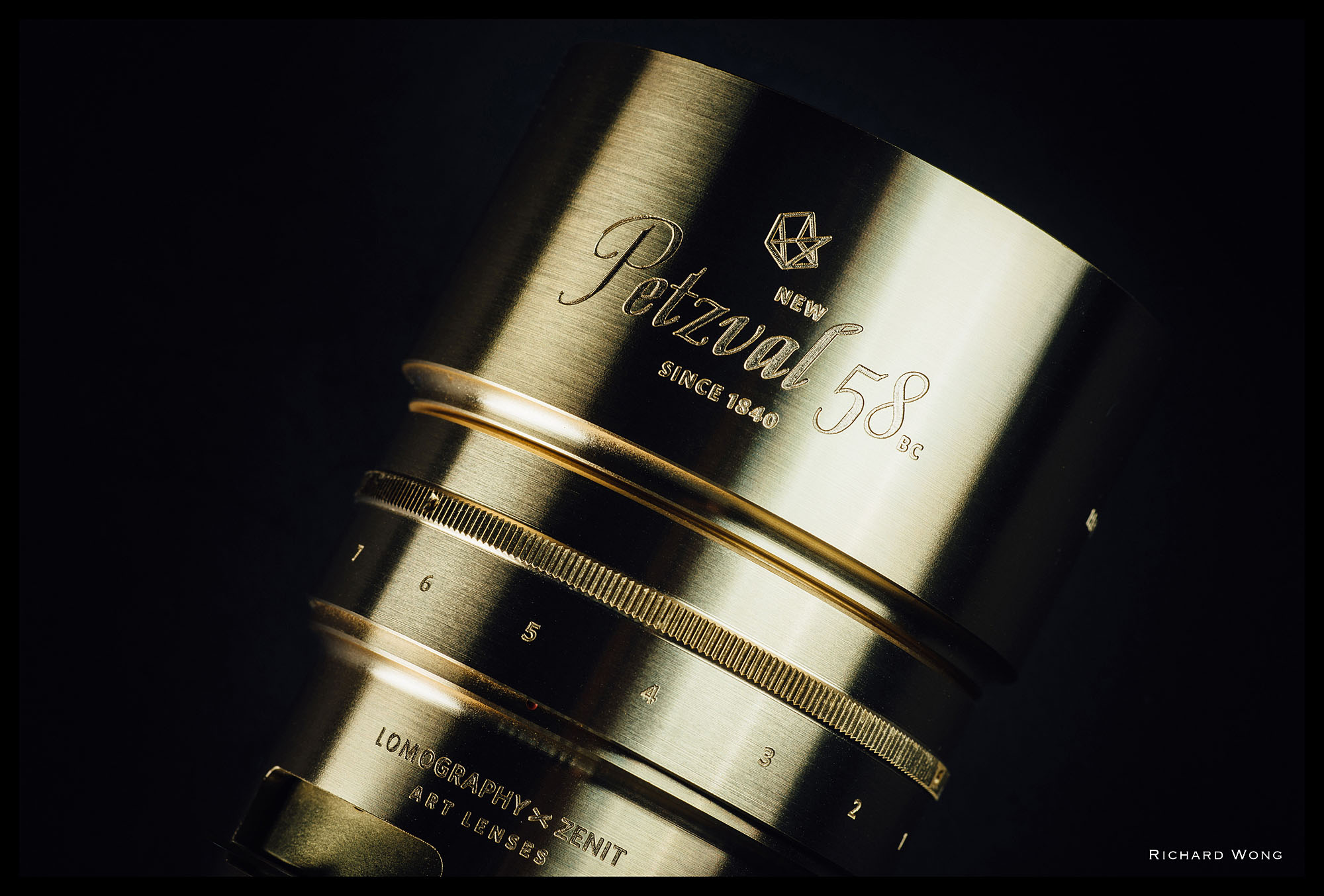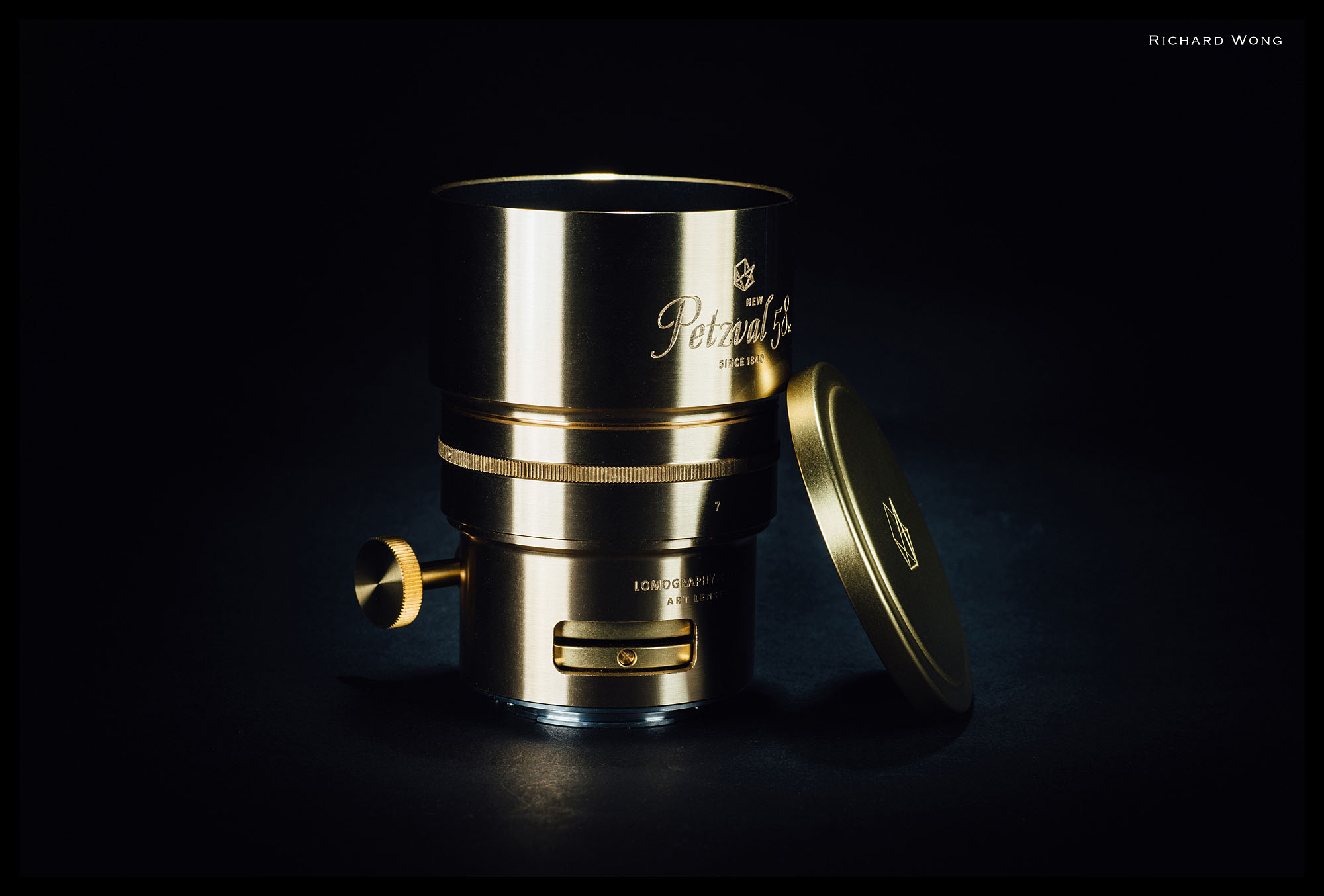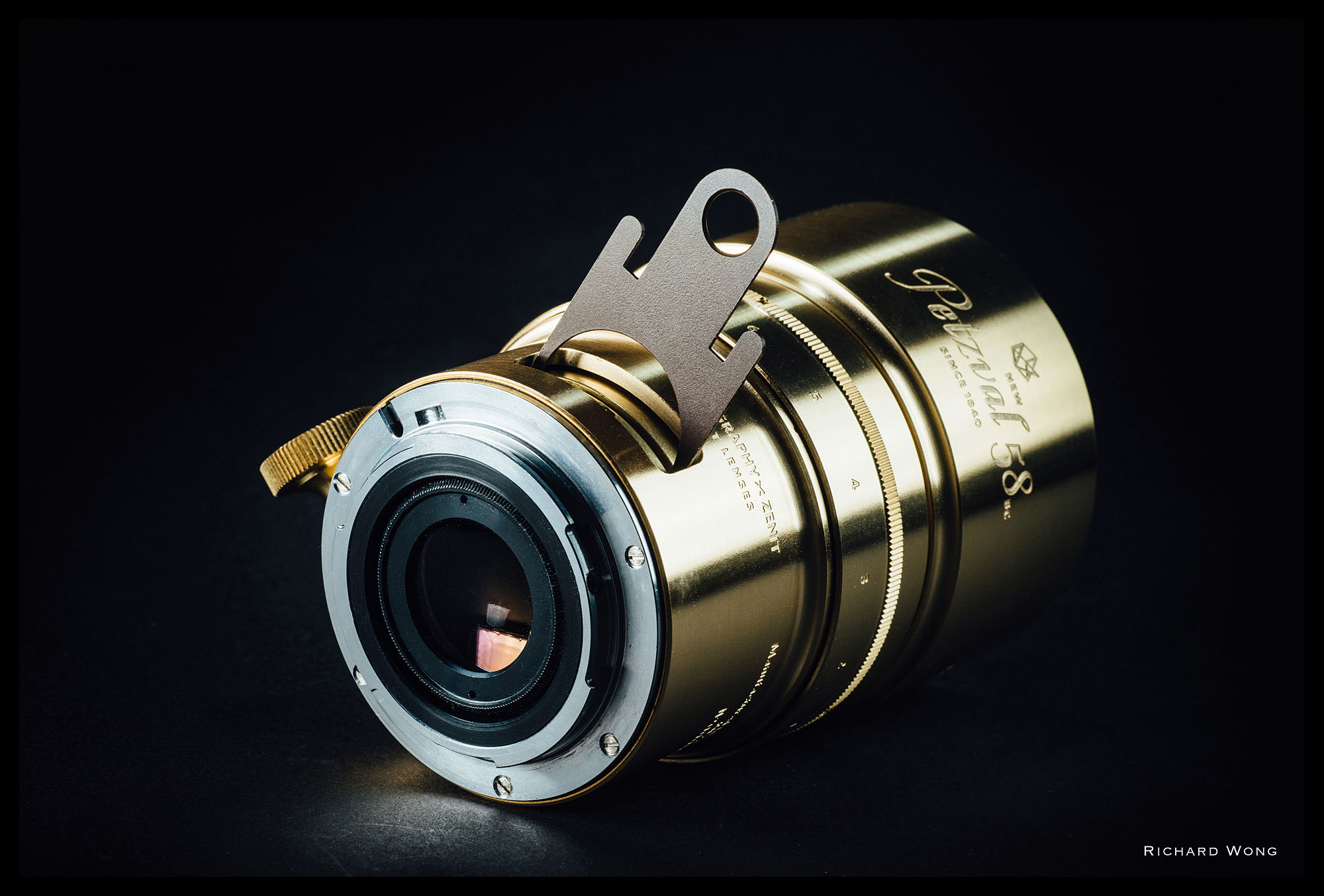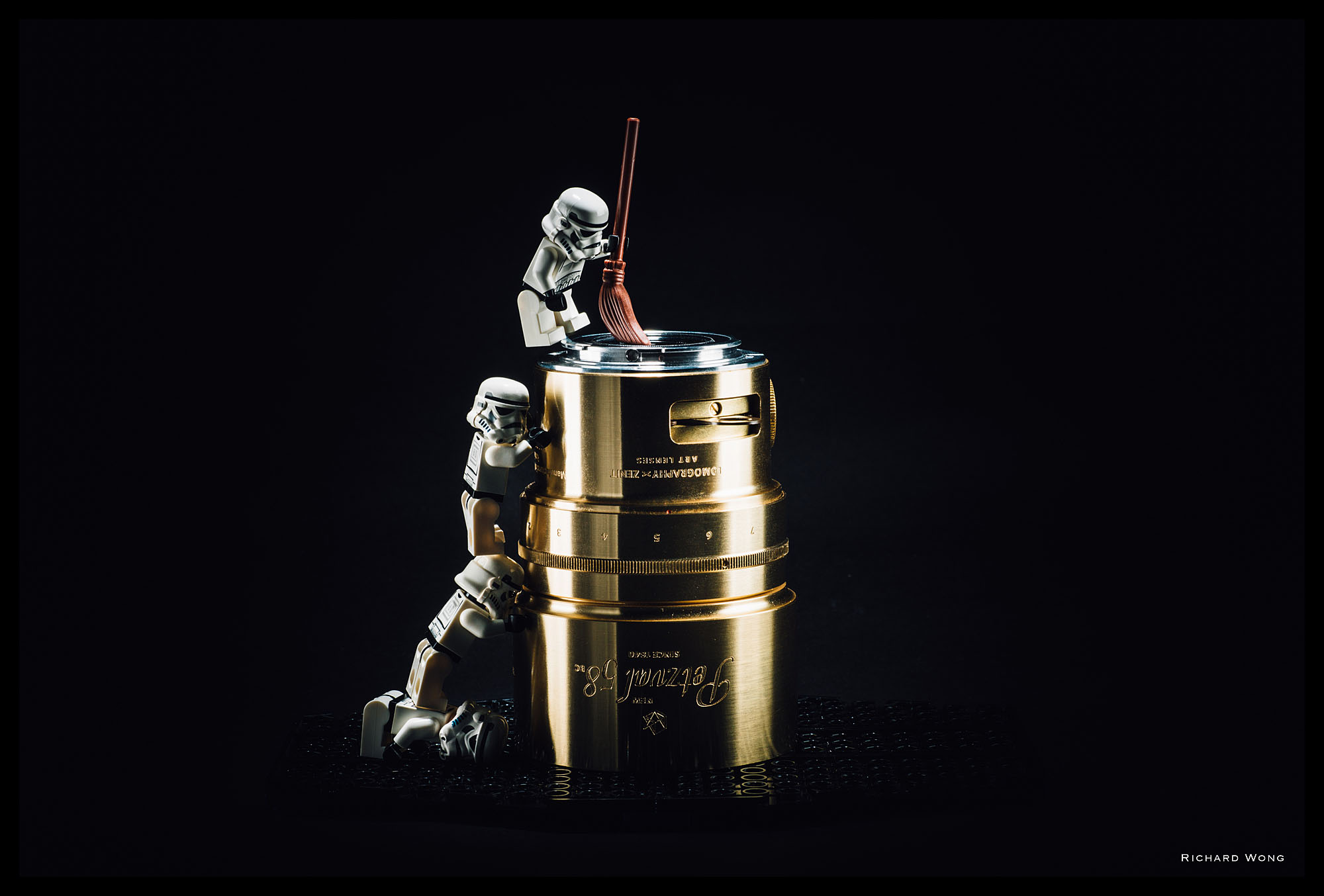The original Petzval lens was developed by Joseph Petzval in 1840. Lomography decided to recreate this classic lens and released the Petzval 85 Art lens in 2013. It’s (relatively) sharp center and very soft edges combined with crazy swirly bokeh and heavy vignetting gives the images quite a unique look. Few months ago, Lomography has announced another new product, the Petzval 58 Bokeh Control Art lens.
BODY AND DESIGN
The first thing you’ll notice about the Petzval 58 lens is it’s shiny brass made body, just like their Petzval 85 lens and the original Petzval lenses from 150 years ago. Even the integrated lens hood and the lens cap are made of brass. Lomography calls it an “Art” lens, and it is a beautiful lens! The lens is like an art piece from the 19th century. Talk about Camera p0rn. I brought out my camera from the camera bag quite a few time purely so I can have a look and touch the Petzval lens.
The Petzval 58 Bokeh Control Art lens is a manual focus lens with no electronics component at all. It uses the classic gear rack mechanism for focusing, a design that is pretty much obsolete these days. The lens’ optics design is pretty simple, two doublet lenses and an Waterhouse stop in between for adjusting aperture. If you don’t know what Waterhouse stop is, basically you got some interchangeable aperture plates that inserts into the lens slot (only one at a time), a bit similar to the drop in filter for some of the big telephoto lenses.
The copper body and all these old style controls together give the lens a very authentic retro look and feel. The pure metal construction makes the Petzval a very solid lens with a very substantial feel. (or I can say it’s a bit heavy)
Because of its antique appearance and golden colour, when I was taking photo with this lens on the street, quite often people would ask me what kind of camera/lens I’m using. Now if you don’t want to attract too much attention, Lomography also offers a more stealthy black version. I haven’t seen the black version in real life yet but by looking at the official photos, the black version looks very nice and slick. However I’m not sure is how durable the black paint is and I can imagine the lens wouldn’t look that nice if the paint does fall off.
The Petzval 58 Bokeh Control Art lens is manufactured in Russia by Zenit and comes in either Nikon F mount or Canon EF mount. I’m reviewing the Nikon version but the Canon version should be pretty much identical apart from the lens mount.
Unfortunately the cool 19th century style design also comes with some usability issues.
The focusing knob only has 90 degree travel. The small size knob and short travel make it quite hard to focus accurately. If you are an experienced manual lens shooter, you’ll probably be fine. But if this is your first manual focus lens, then you may have a hard time to get the focus correct. While I won’t say I’m very good with manual focus lenses, I do shoot with fast manual focus regularly. But even for me, a good percentage of photos I took using this lens are misfocused slightly. Because of that, I very often just use this lens with my Sony a7 using an Nikon F -> Sony E mount adaptor. As then I can use the magnification function on the electronic viewfinder to focus more precisely.
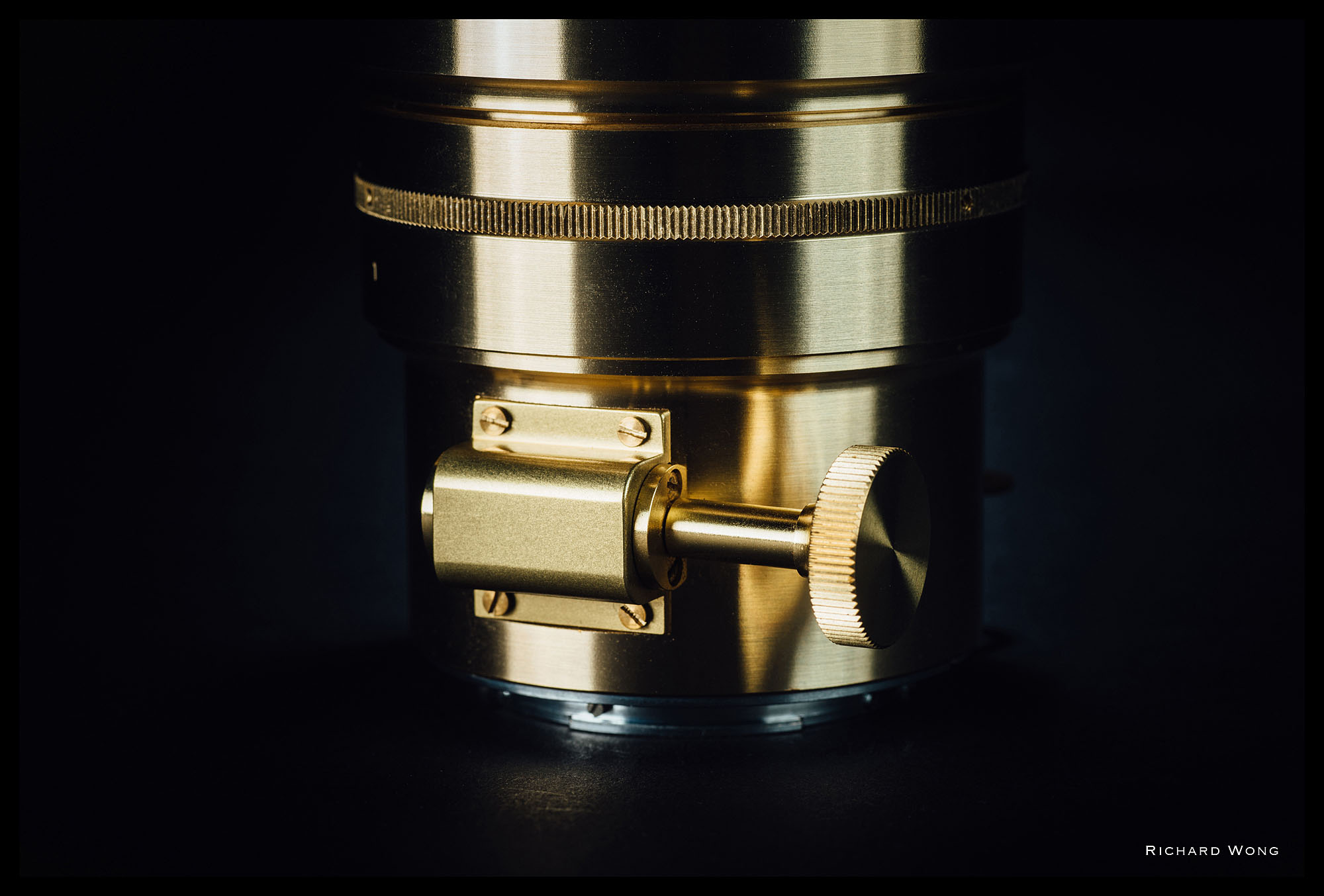 Manual focus can be a bit tricky with the short travel knob
Manual focus can be a bit tricky with the short travel knob
One thing quite interesting is, the Nikon to Sony adaptor I got couldn’t lock the lens. The locking pin on the adaptor doesn’t match up with the lens and therefore fails to lock the lens. I end up have to get another adaptor to solve this problem. It’s a bit funny as I never have this issue when I use my original adaptor with any of my Nikon mount lenses (including a Zenit Helios lens) and I also don’t have issue when I mount the Petzval 58 onto any of my Nikon bodies. So I am guessing it’s because the position of the locking pin/hole on my adaptor and the Petzval 58 are both slightly off but in opposite direction.
Because of the Waterhouse diaphragm design, you have to carry different aperture plates with you when you are out shooting, and swap the plates when you want to change aperture, which is quite a bit of hassle. Unfortunately the lens doesn’t come with any aperture plates holder. As the Lomography Petzval 58 lens comes with tonnes of accessories and goodies, I’m a bit surprised it’s missing such an important accessory.
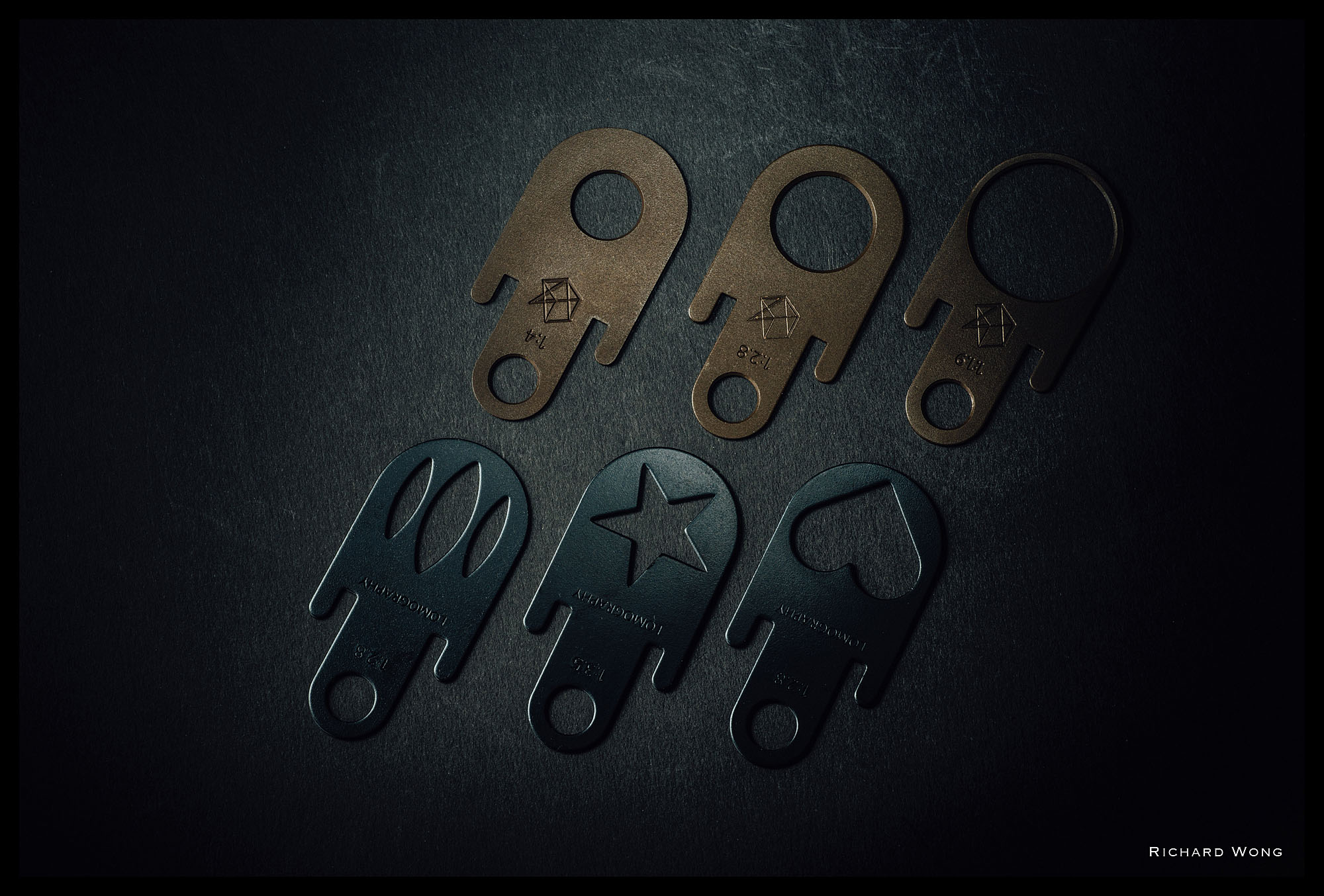 There are also some special aperture plates available (optional) for those who like funky bokeh
There are also some special aperture plates available (optional) for those who like funky bokeh
And then another issue is that there is nothing to stop the aperture plate from falling out. Turn the camera into portrait orientation (so the plate faces down) and the aperture plate would fall out from the lens immediately. In fact, even when I took the camera out from my camera bag, very often I found the plate has already fell out and sitting somewhere in my bag. I’ve already lost one of the aperture plate after using it for 2-3 times.
Yes you can bend the aperture plate a bit to make it harder to fall out, but come on Lomography you guys should really have either pre-bend them for us, and creates some friction between the plate/holder. Ideally I would like to see a more elegant solution, like add a catch or something to mechanically lock the aperture plate so it won’t fall out until the user wants to. But yes please at least pre-bend the plates for the new stock so people wouldn’t lose the plate so easily.
Another little problem with the aperture Waterhouse diaphragm design is that if you want to shoot at small aperture, you have to drop in a small aperture plate, which would dramatically dims the viewfinder and make it hard to see or focus. You couldn’t really do a focus (with a large aperture plate) then swap plate either as when you pull out or insert the aperture plate, there is quite a high chance you’ll move the focus. Having said that, I think most people who bought this lens would want to shoot at wide open or near wide open, to get that swirly bokeh, so this is probably not be a big issue for most users.
My lens cap doesn’t fit very well and would fall off quite easily. I end up just leave the lens cap home as I don’t want to lose that beautiful lens cap.
Now I’ve mentioned most of the bad things about this lens, let’s move on and talk about the more positive things and also the image quality.
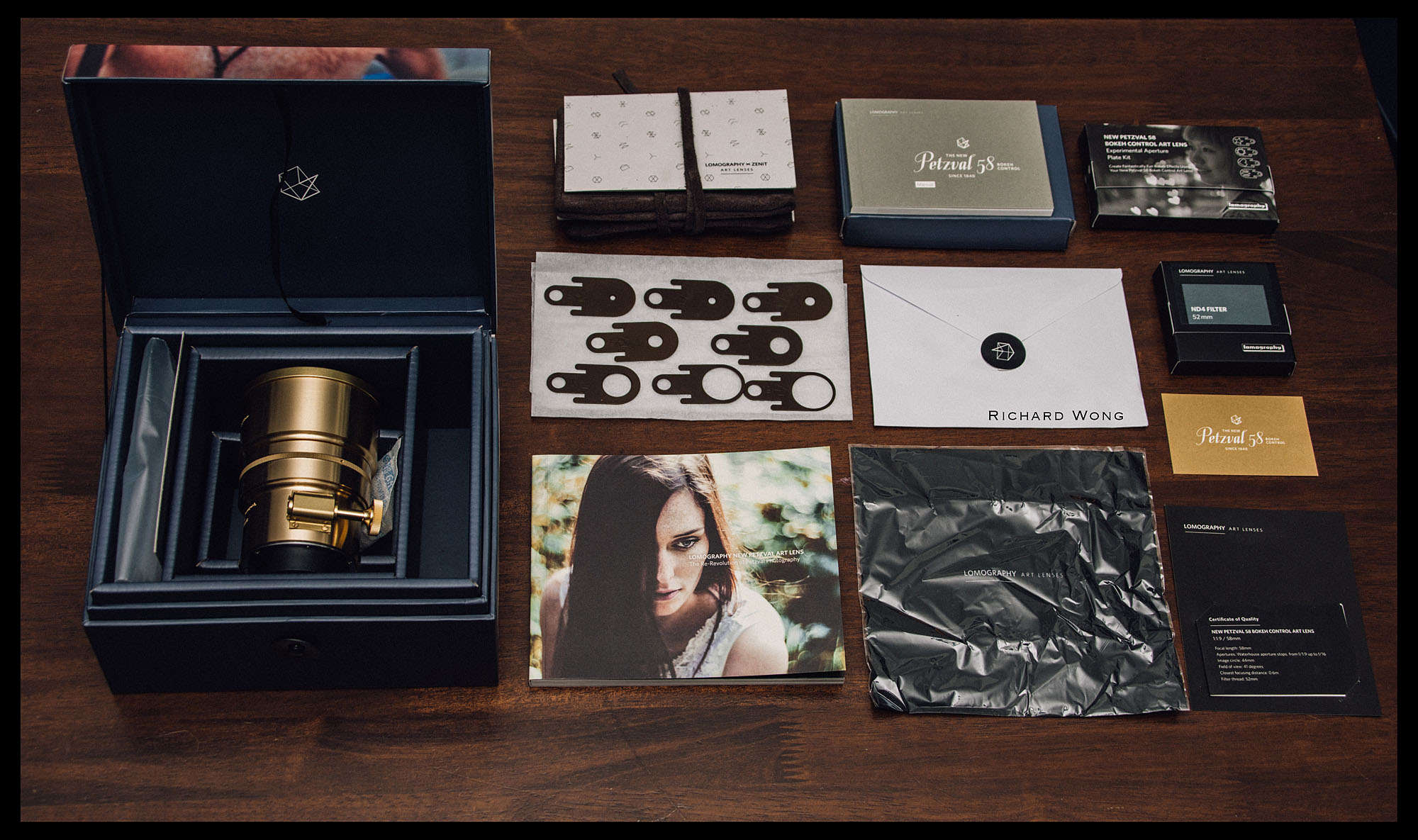 Lomogoraphy did a really good job in terms of packaging and chucking some goodies into the box. (This is the Kickstarter version so comes with some extra goodies like ND filter that is not available in the normal retail version) Unfortunately there is no aperture plate holder which is available as an optional item only
Lomogoraphy did a really good job in terms of packaging and chucking some goodies into the box. (This is the Kickstarter version so comes with some extra goodies like ND filter that is not available in the normal retail version) Unfortunately there is no aperture plate holder which is available as an optional item only
IMAGE QUALITY
But before start talking about image quality, just to be be clear, when you buy a lens like this, obviously you are not looking for the best image quality. Pretty much any modern lens, even the cheap little kit lens would give you technically better image quality.
But technically better image quality doesn’t really mean everything. The first thing I should talk about is the bokeh. Similar to the Lomography Petzval 85, this new Petzval 58 can give you some crazy swirly bokeh. But Lomography has gone one step further this time, they added a Bokeh Control Ring onto the lens which allows you to control how crazy the bokeh is. And man this lens can really creates some super crazy or dizzy bokeh! But what’s even more crazy is that the look of the bokeh can change completely depends on:
1. The Boken Control Ring setting (from 1 to 7)
2. The focus distance
 Left, Middle, Right: Bokeh level 1, 4, 7
Left, Middle, Right: Bokeh level 1, 4, 7
The first one is easier to explain, the Bokeh Control Ring setting control the amount of crazy bokeh you see in the photo. Dial it to bokeh level 1 (minimum) and the bokeh isn’t too different from what you would get from a normal lens. Bokeh is round and smooth when you use one of the normal round aperture plate. Increase the bokeh level and the bokeh starts to morph into something different. Dial it to level 7 (maximum) and the background of the photo would go crazy! But exactly how crazy would also depend on the focus distance.
Unlike the normal lenses, the focus distance does not only affect the amount of background bokeh, it actually changes the appearance of the background bokeh completely.
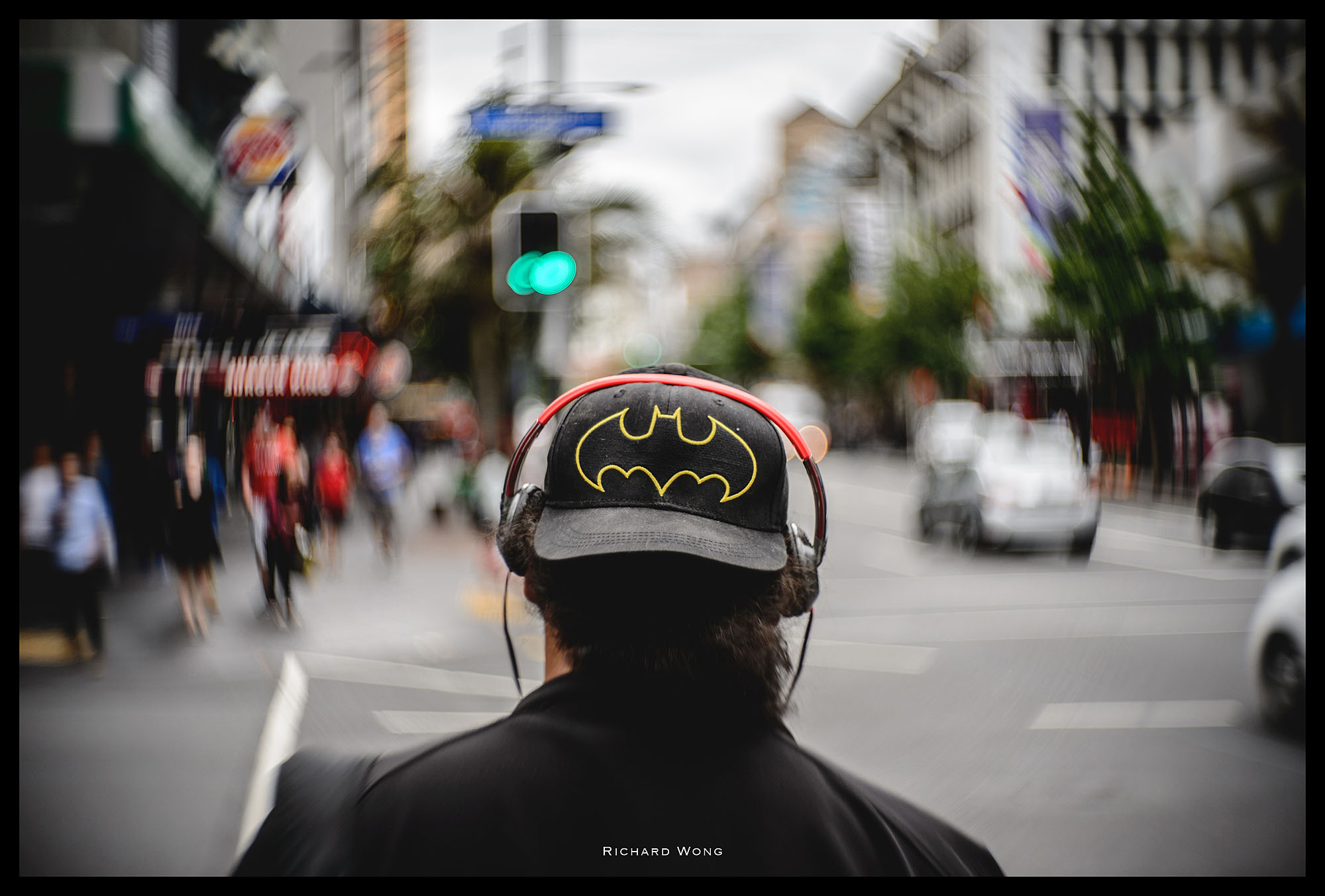 Nikon Df + Lomography Petzval 58 Bokeh Control Art – ISO100 f/1.9 1/640s
Nikon Df + Lomography Petzval 58 Bokeh Control Art – ISO100 f/1.9 1/640s
Close Focus Distance – Swirly Blur
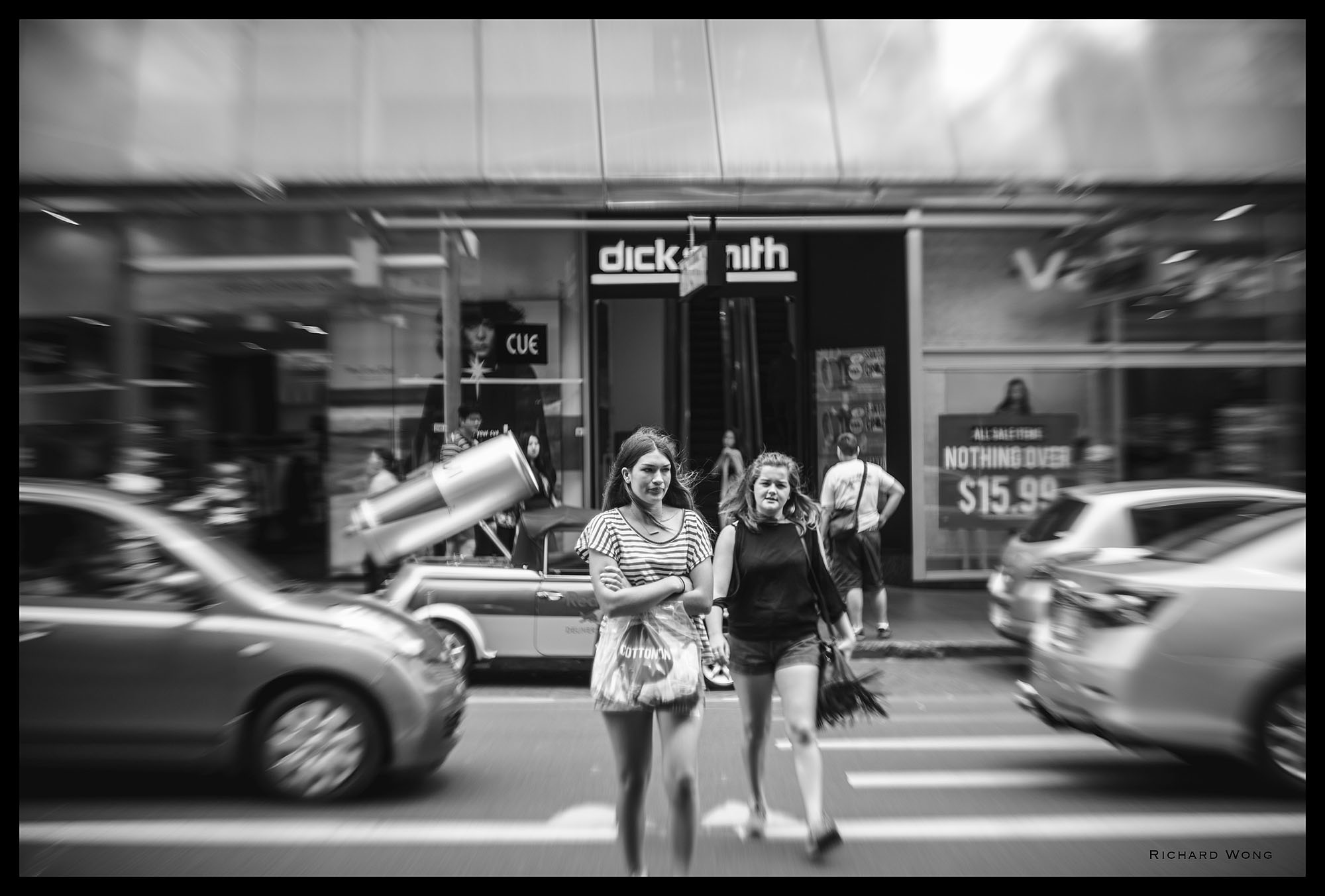 Sony a7 + Lomography Petzval 58 Bokeh Control Art – ISO100 f/1.9 1/500s
Sony a7 + Lomography Petzval 58 Bokeh Control Art – ISO100 f/1.9 1/500s
Far Focus Distance – Radial Blur
When your focus distance is set to nearest, you’ll get the swirly bokeh that is like the whole world is spinning behind your subject. This swirly bokeh gradually increases from around the center of the image and become stronger and stronger when closer to to the edge of the photo. The photo looks almost like you are doing a long exposure star trail photo when you are facing South (or North for you guys from the Northern Hemisphere). This effect would become less obvious as you increase the focus distance. And if you keep increasing the focus distance, you’ll soon notice there is now a bit of radial blur at the edge of the photo, that blur things towards the center of the photo. It looks quite similar to the photos taken using a Lensbaby lenses. The more you increase the focus distance, the stronger the radial blur is.
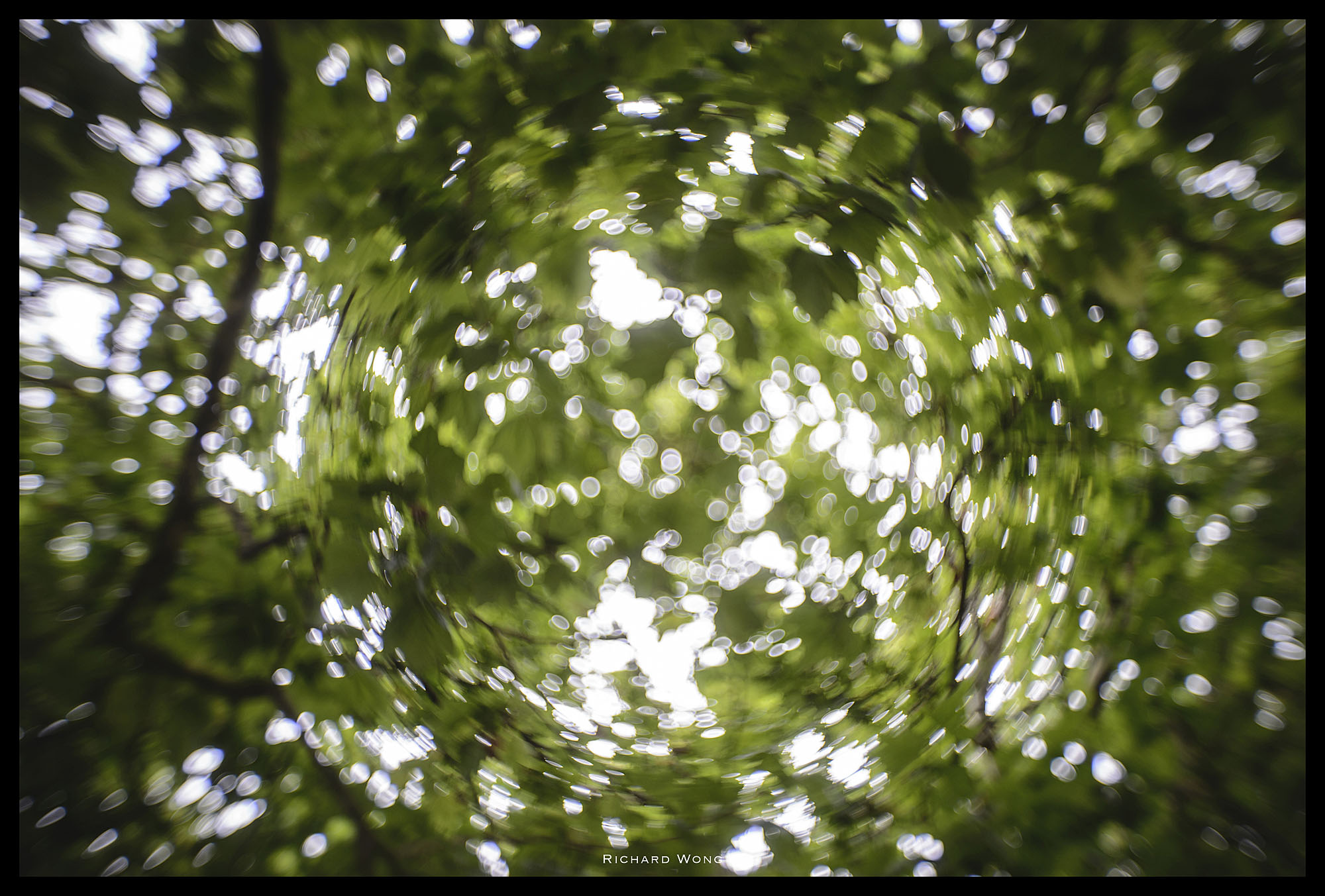 Nikon Df+ Lomography Petzval 58 Bokeh Control Art – ISO180 f/1.9 1/160s
Nikon Df+ Lomography Petzval 58 Bokeh Control Art – ISO180 f/1.9 1/160s
Can you see the three different kinds of bokeh in this photo?
And the craziest thing is, if your focus distance is somewhere between infinity and closest, you could actually get three kind of background bokeh in your photo. The outmost area you get the radial zoom-in bokeh, then it changes to some crazy swirly bokeh as you look at the area a bit more towards the center. And finally you get the normal, non-spinning circular bokeh near the center of the image. And the result is definitely is the craziest bokeh I’ve ever seen.
Sharpness is well, not terribly bad, at least near the center, as long as you managed to nail the focus. But because of Petzval’s strong field curvature optics, the sharpness would drop dramatically when you move away from the center and the edges are soft, like really soft. If you shoot at f/1.9 (maximum aperture) and bokeh level 7, everything near the edges is completely smear out. But even if you stop down to say f/8 and shoot at minimum swirly bokeh setting, the edges are still soft, very very soft. So basically, when you are shooting with this lens, your main subject should almost always be placed right in the centre and never too far away.
Oh and you need to refocus when you are changing the bokeh level. This is slightly annoying as it makes it hard to quickly change the bokeh level and see what gives the best result.
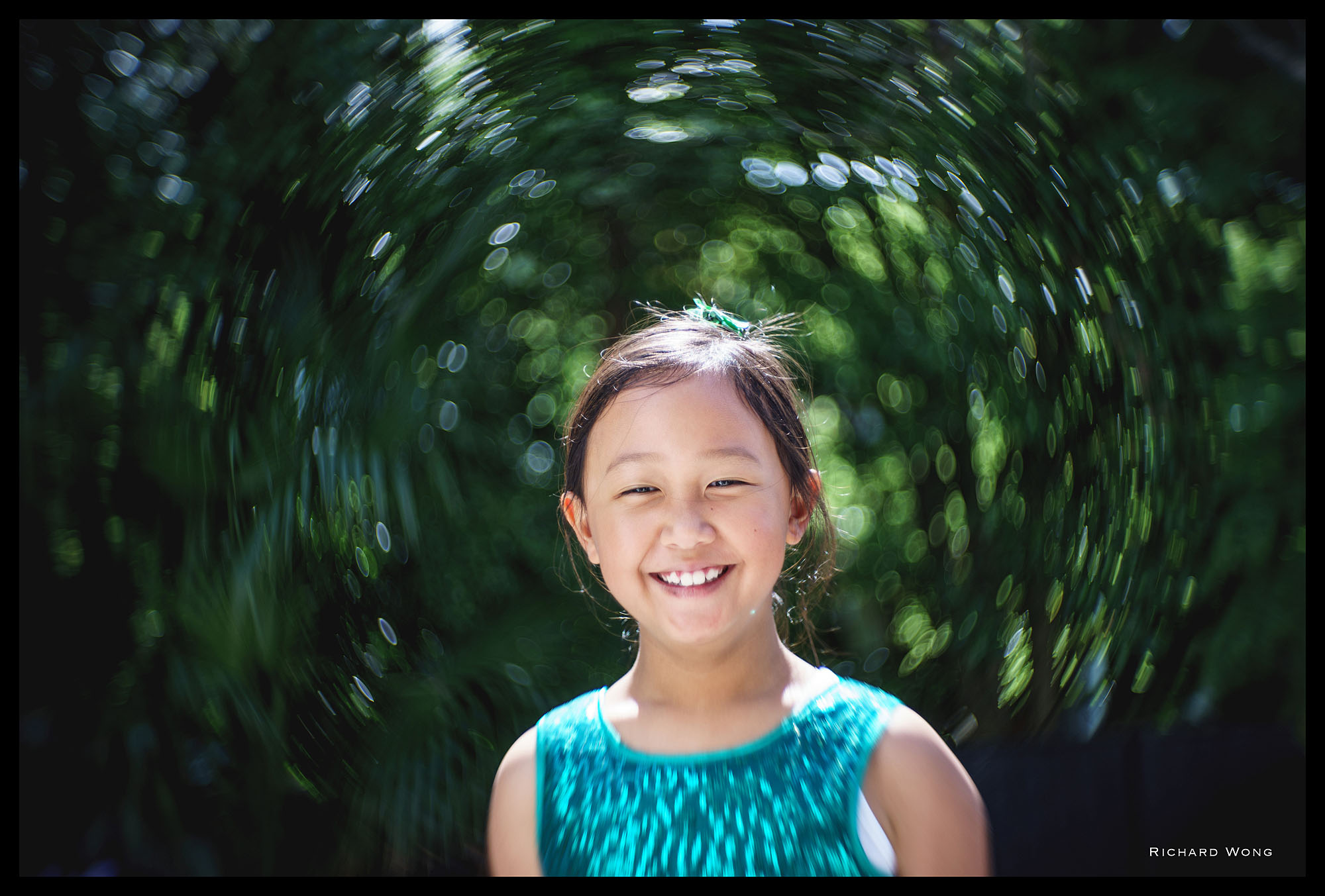 Sony a7 + Lomography Petzval 58 Bokeh Control Art – ISO100 f/1.9 1/800s
Sony a7 + Lomography Petzval 58 Bokeh Control Art – ISO100 f/1.9 1/800s
Because of it’s field curvature, you would have objects in the photo that you normally expect to be in focus but actually not, or vice versa. You could get some pretty interesting, or unexpected results in the photo. See the photo below to understand what I mean. The ski jet on the right is in focus and part of the beach on the left that is a lot further away is also in focus but everything in between is blurred. If you figure out how to master this you probably could create some pretty unusual but interesting photos.
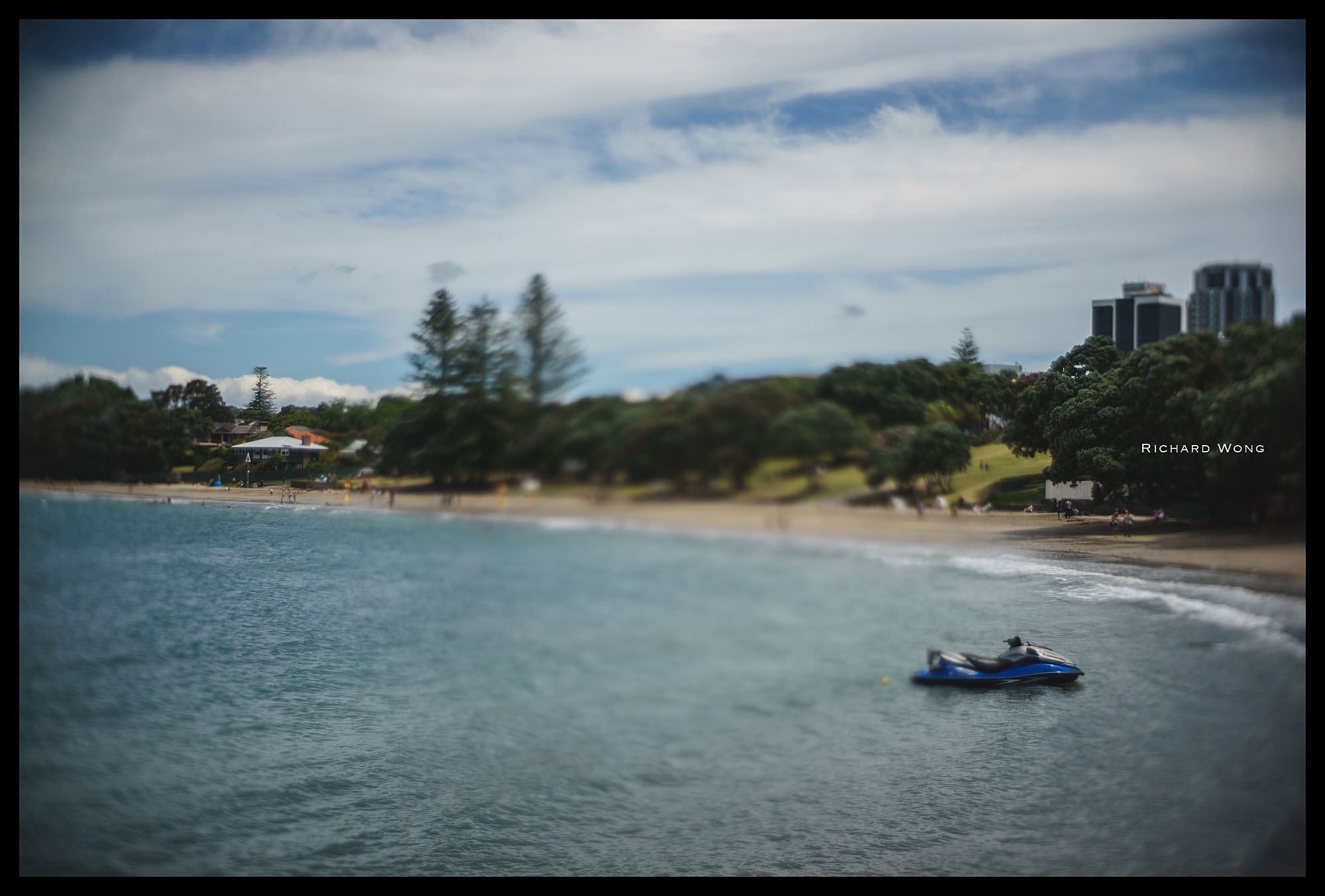 Nikon Df + Lomography Petzval 58 Bokeh Control Art – ISO100 f/1.9 1/8000s
Nikon Df + Lomography Petzval 58 Bokeh Control Art – ISO100 f/1.9 1/8000s
In terms of vignetting, there is very strong vignetting. Vignetting is strongest when the Bokeh setting is at level 7, I suspect this is because the front half of the lens including the lens hood extends to the front the most at this setting. But remember if you get a lens like this, you probably like the vignetting so this is a plus rather than a minus.
 f/1.9 Left: Bokeh level 1 Right: Bokeh level 7
f/1.9 Left: Bokeh level 1 Right: Bokeh level 7
There is also quite a bit of barrel distortion, not terribly bad but more than what I would expect from a prime lens. But with all the quirky characteristic of this lens, I doubt anyone would be upset by the less than perfect barrel distortion.
Colour reproduction is actually pretty good. Very good saturation straight out of camera and I don’t see any serious colour cast as well.
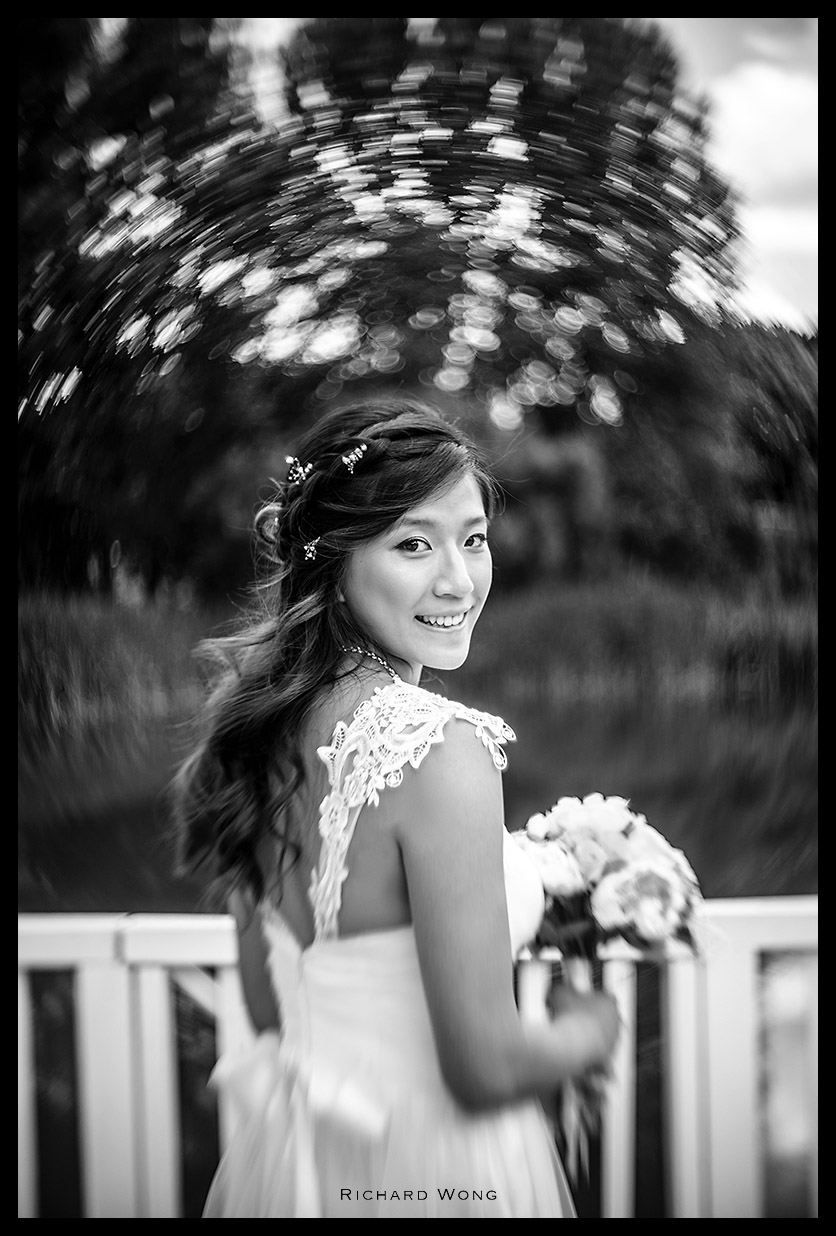 Sony a7 + Lomography Petzval 58 Bokeh Control Art – ISO100 f/1.9 1/800s
Sony a7 + Lomography Petzval 58 Bokeh Control Art – ISO100 f/1.9 1/800s
I’ve recently reviewed another crazy swirly bokeh lens, the Helios 40-2 (latest 2015 version), which is also made by Zenit. One of the biggest issue with the Helios 40-2 is it’s very poor flare resistance performance. It was so bad that any light source in front of the camera would give you flare, hot spots, or low contrast or a combination of three. Because of that I kind of expecting the Petzval would suffer badly from flare as well. But I’m glad to say the Petzval 58 is much much better than the Helios 40-2. You don’t really see any flare unless you have a strong light source in front of the camera. And when there is flare, it’s usually not too serious. So Zenit must have used some better coating on this lens. However I do notice that the flare is worst when there is strong light source in front of the camera, but just outside the frame. I could get some pretty strong flare rings on the photo, see the photo below.
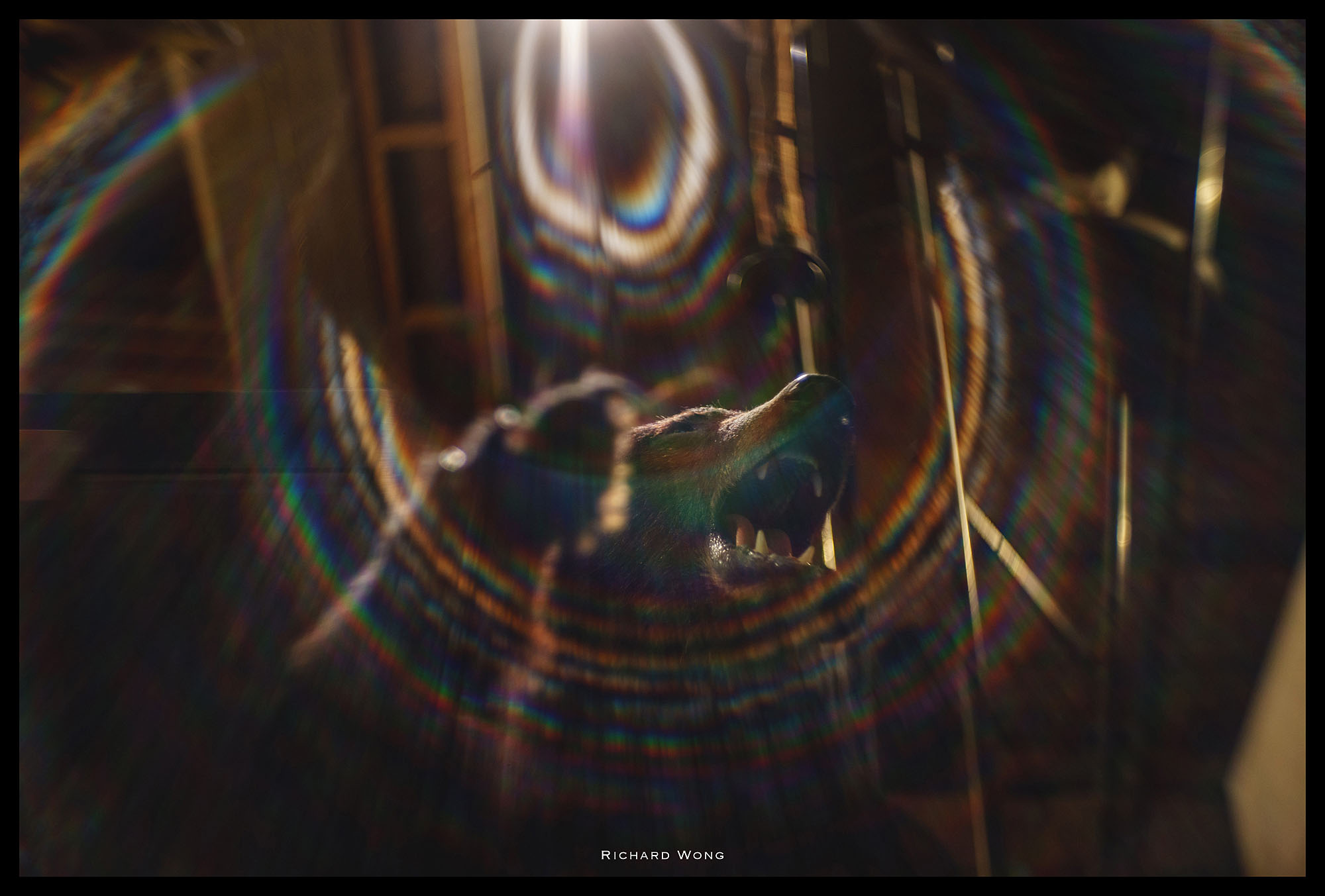 Sony a7 + Lomography Petzval 58 Bokeh Control Art – ISO1000 f/1.9 1/60s
Sony a7 + Lomography Petzval 58 Bokeh Control Art – ISO1000 f/1.9 1/60s
Lens flare caused by a spot light just outside the frame
FINAL THOUGHTS
The unusual optics combined with the old style mechanical control make this manual focus Lomography Petzval 58 lens quite a difficult lens to use. It’s quite hard to master the Petzval 58 Bokeh Control Art lens as there are so many things you need to pay attention to when taking photos with it. But if you managed to conquer it, the results could be very satisfying.
This is not a lens for people who want technically perfect image quality, i.e. good edge to edge sharpness, flat focal plane, minimal vignetting. Even a cheap 18-55 kit lens would give you technically better images. But what the 18-55 or 99% of lense out there won’t give you is the quirky image quality, which technically maybe bad, but it’s fun, and if used creatively can result in some really artistic photos. Not too many lenses out there can give you this kind of wacky arty photos
After shooting with it for a month, I feel like I’ve just started to get the hang of it. This is a lens with a very steep learning curve and could overwhelm you if you are not preparing to spend time and effort to learn more about it. For me, I would definitely love to spend more time and see what I can do with this lens.
Oh and yes the lens is absolutely beautiful!
 The Petzval looks great when mounted on the Nikon Df, but not so much on other DSLRs
The Petzval looks great when mounted on the Nikon Df, but not so much on other DSLRs
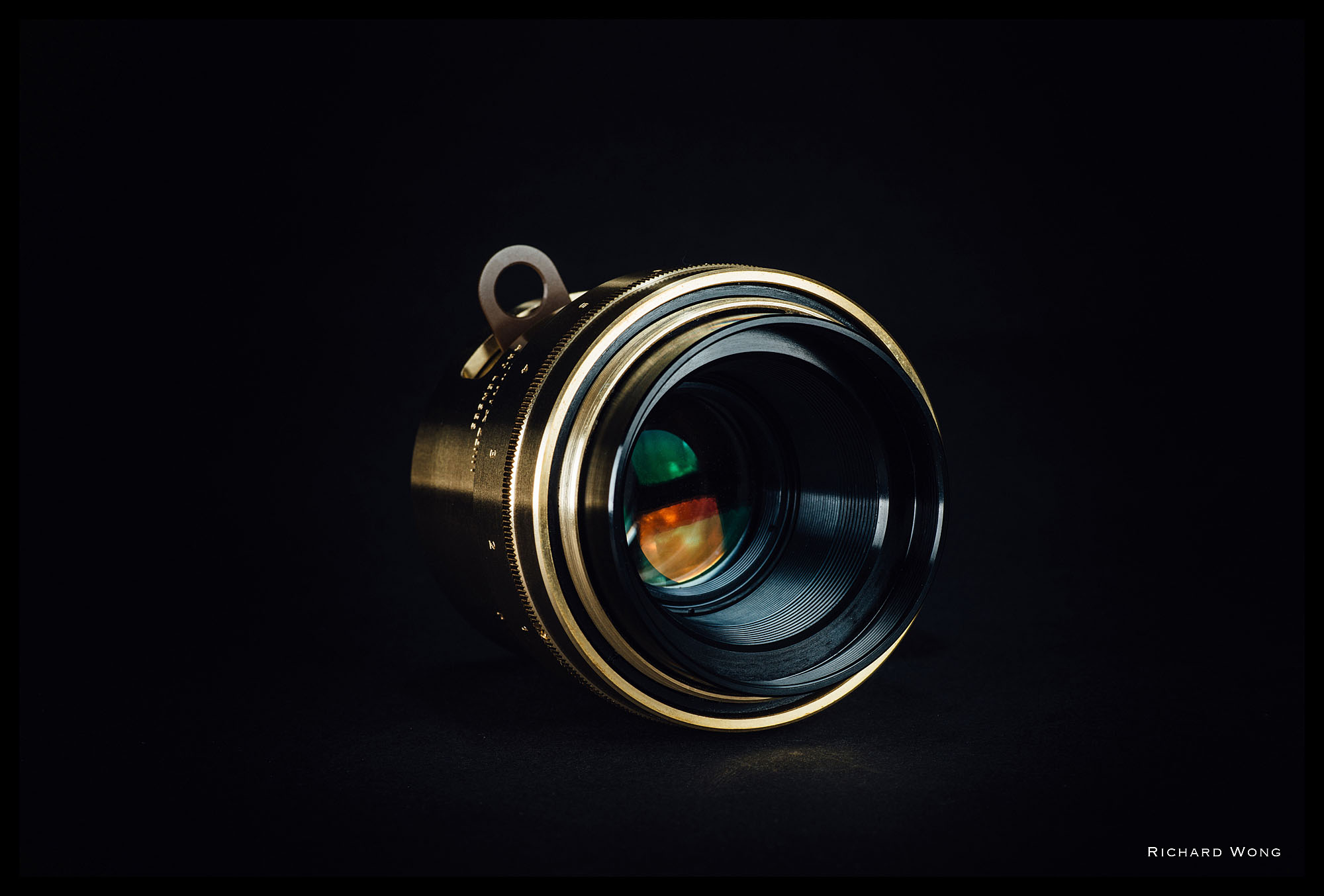 The integrated lens hood removed
The integrated lens hood removed
SAMPLE PHOTOS
All photos were shot in RAW converted to JPG using Adobe Lightroom, with zero vignetting, CA, distortion correction and adjusted to taste.
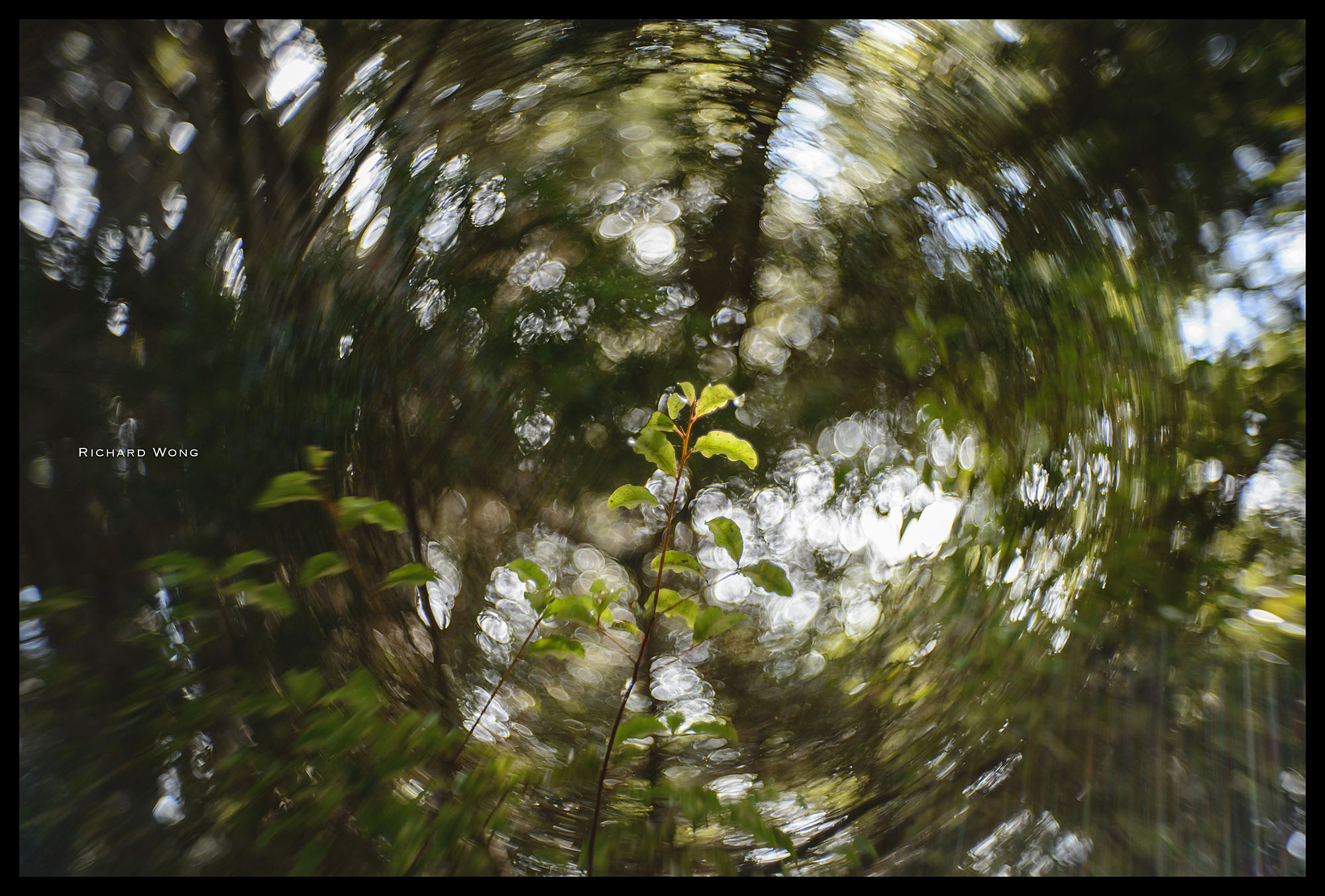 Nikon Df + Lomography Petzval 58 Bokeh Control Art – ISO180 f/1.9 1/160s
Nikon Df + Lomography Petzval 58 Bokeh Control Art – ISO180 f/1.9 1/160s
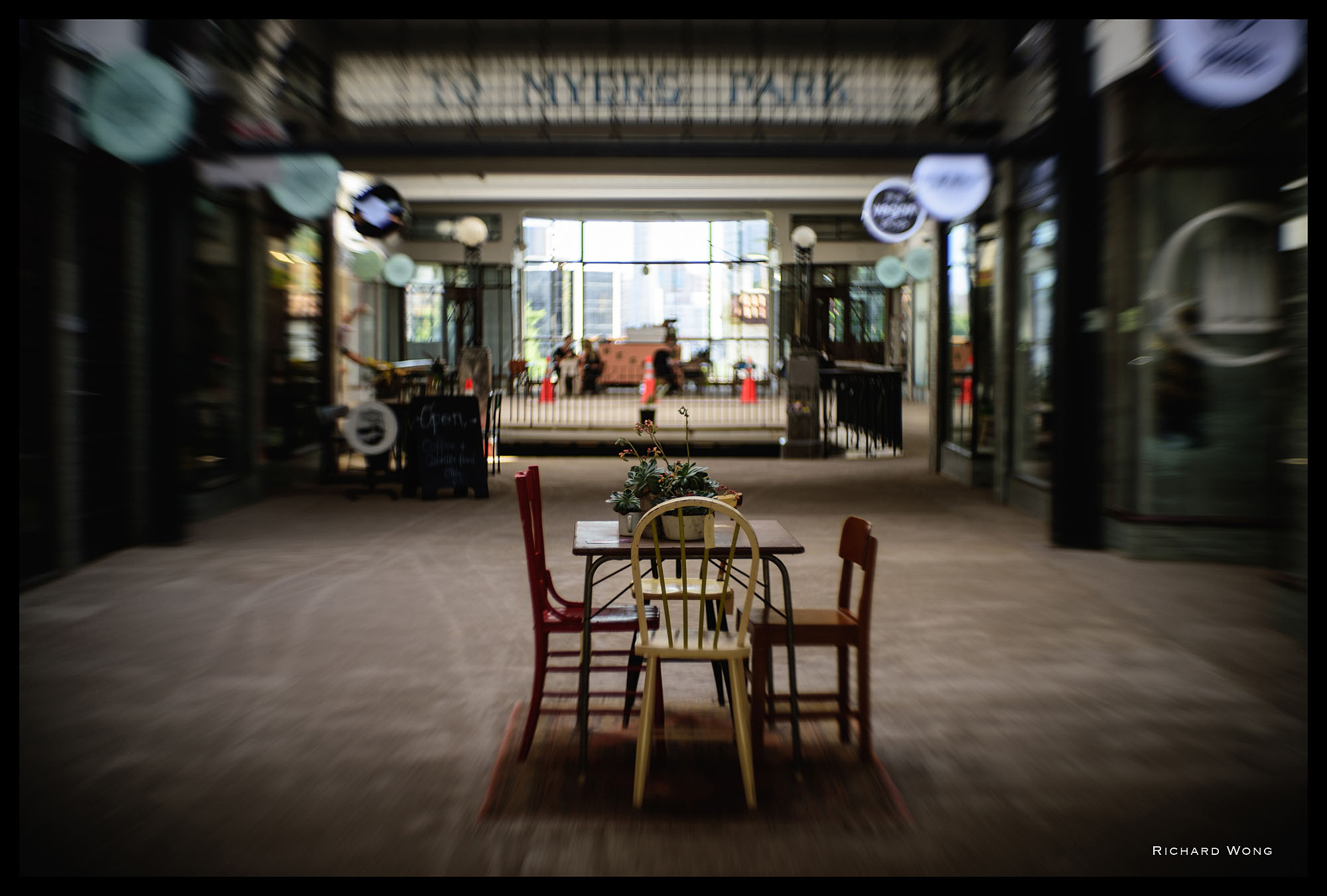 Nikon Df + Lomography Petzval 58 Bokeh Control Art – ISO100 f/1.9 1/250s
Nikon Df + Lomography Petzval 58 Bokeh Control Art – ISO100 f/1.9 1/250s
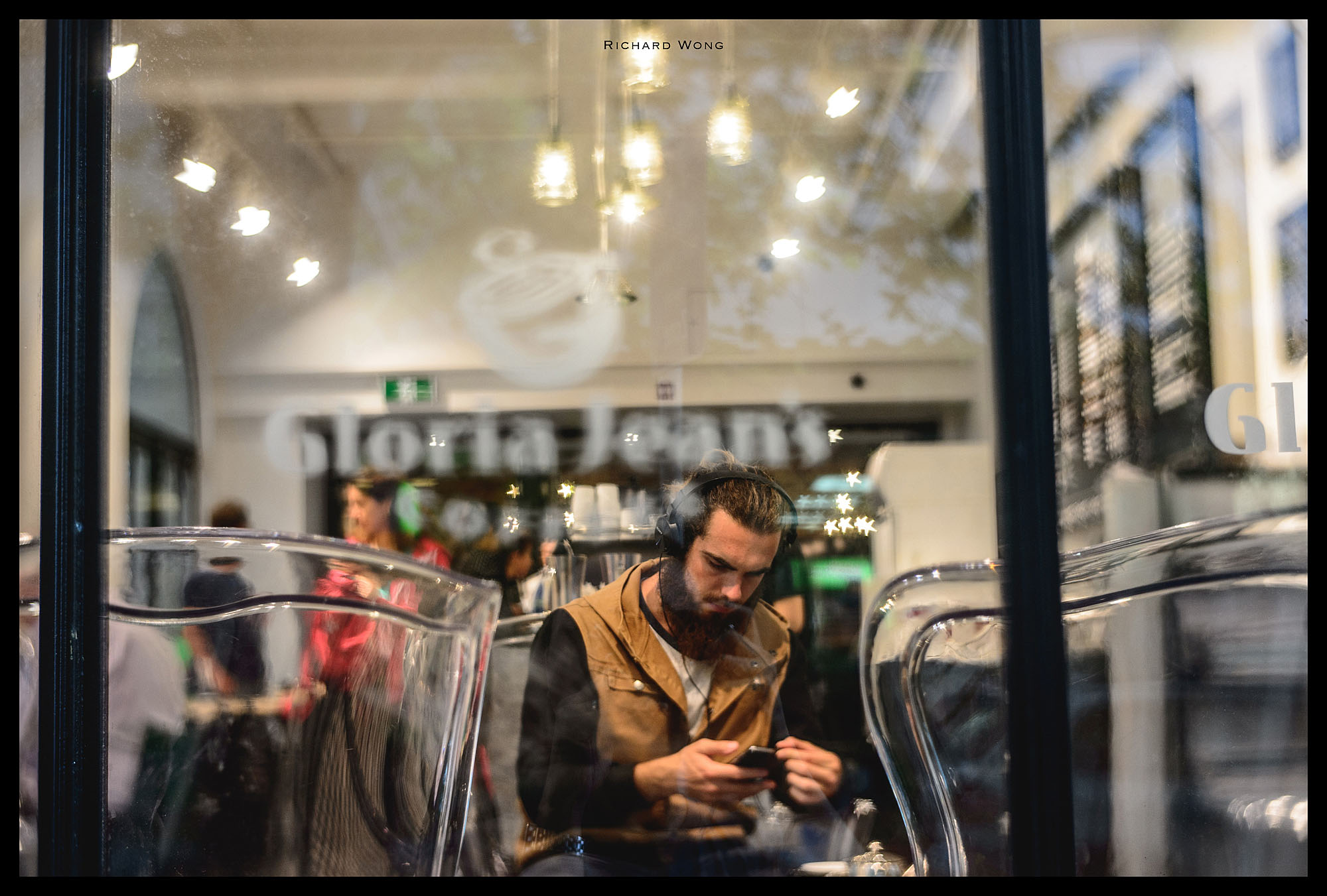 Nikon Df + Lomography Petzval 58 Bokeh Control Art – ISO900 f/3.5 1/160s (star aperture plate)
Nikon Df + Lomography Petzval 58 Bokeh Control Art – ISO900 f/3.5 1/160s (star aperture plate)
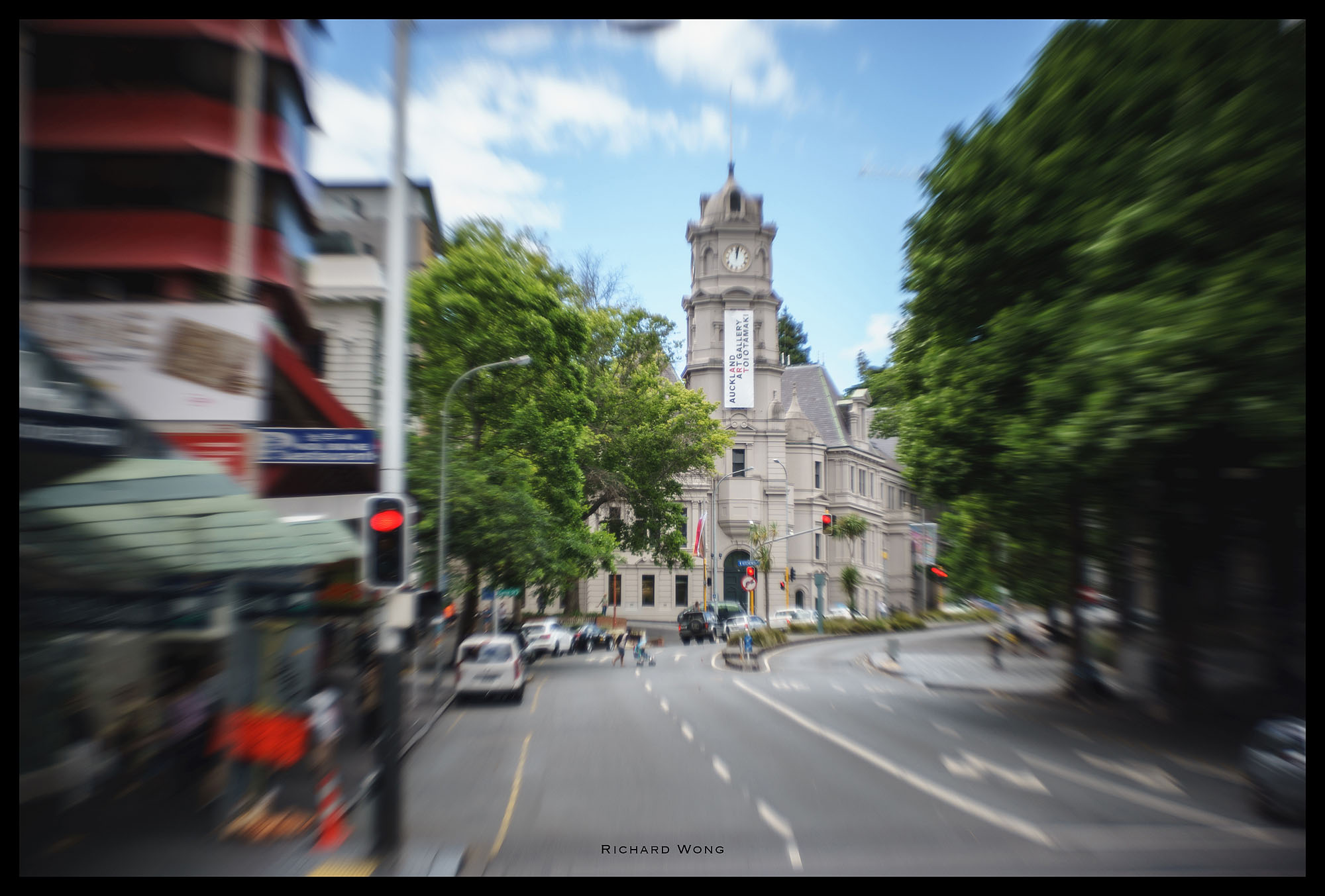 Sony a7 + Lomography Petzval 58 Bokeh Control Art – ISO100 f/1.9 1/1000s
Sony a7 + Lomography Petzval 58 Bokeh Control Art – ISO100 f/1.9 1/1000s
 Nikon Df + Lomography Petzval 58 Bokeh Control Art – ISO100 f/8 1/320s
Nikon Df + Lomography Petzval 58 Bokeh Control Art – ISO100 f/8 1/320s
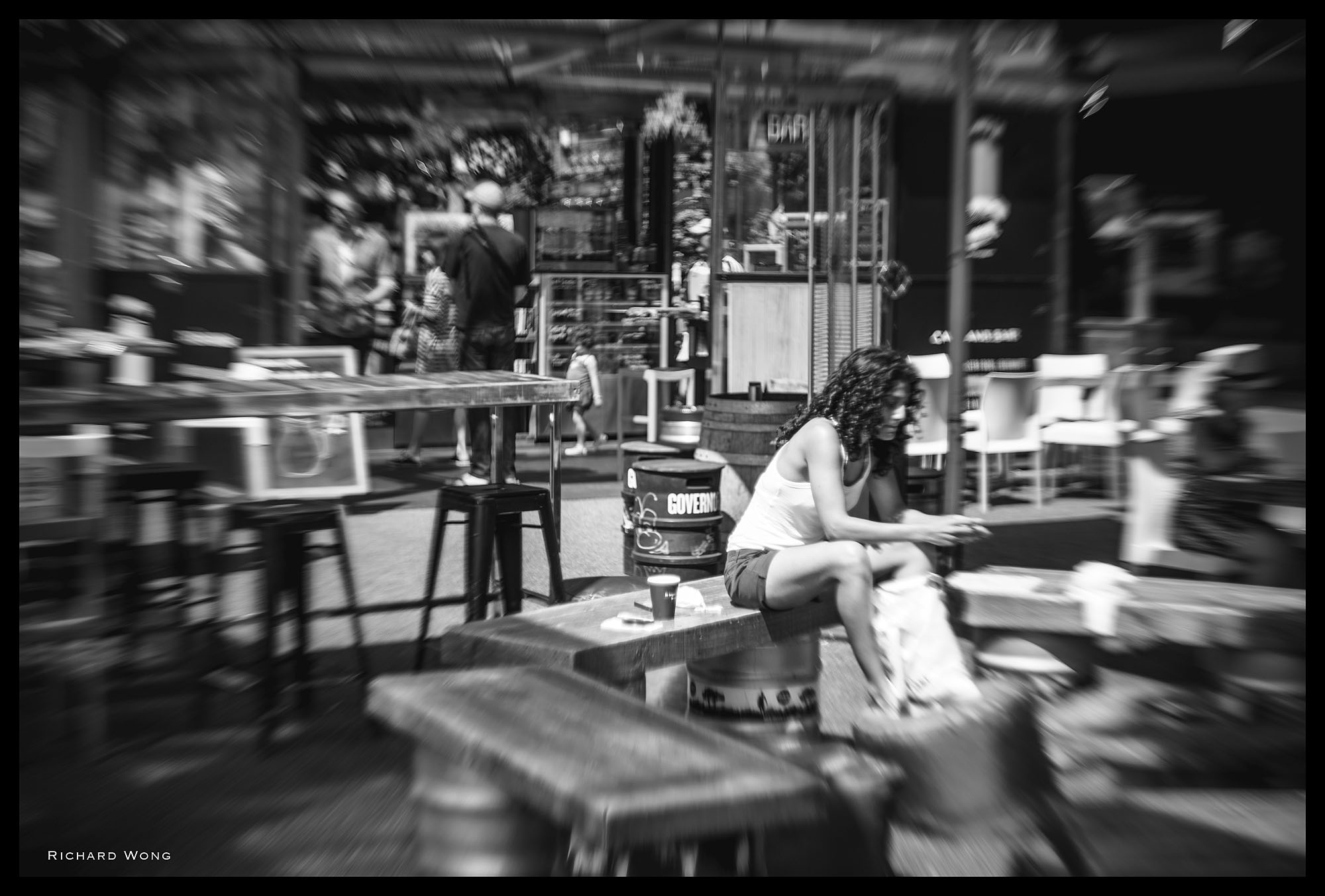 Sony a7 + Lomography Petzval 58 Bokeh Control Art – ISO100 f/1.9 1/1250s
Sony a7 + Lomography Petzval 58 Bokeh Control Art – ISO100 f/1.9 1/1250s
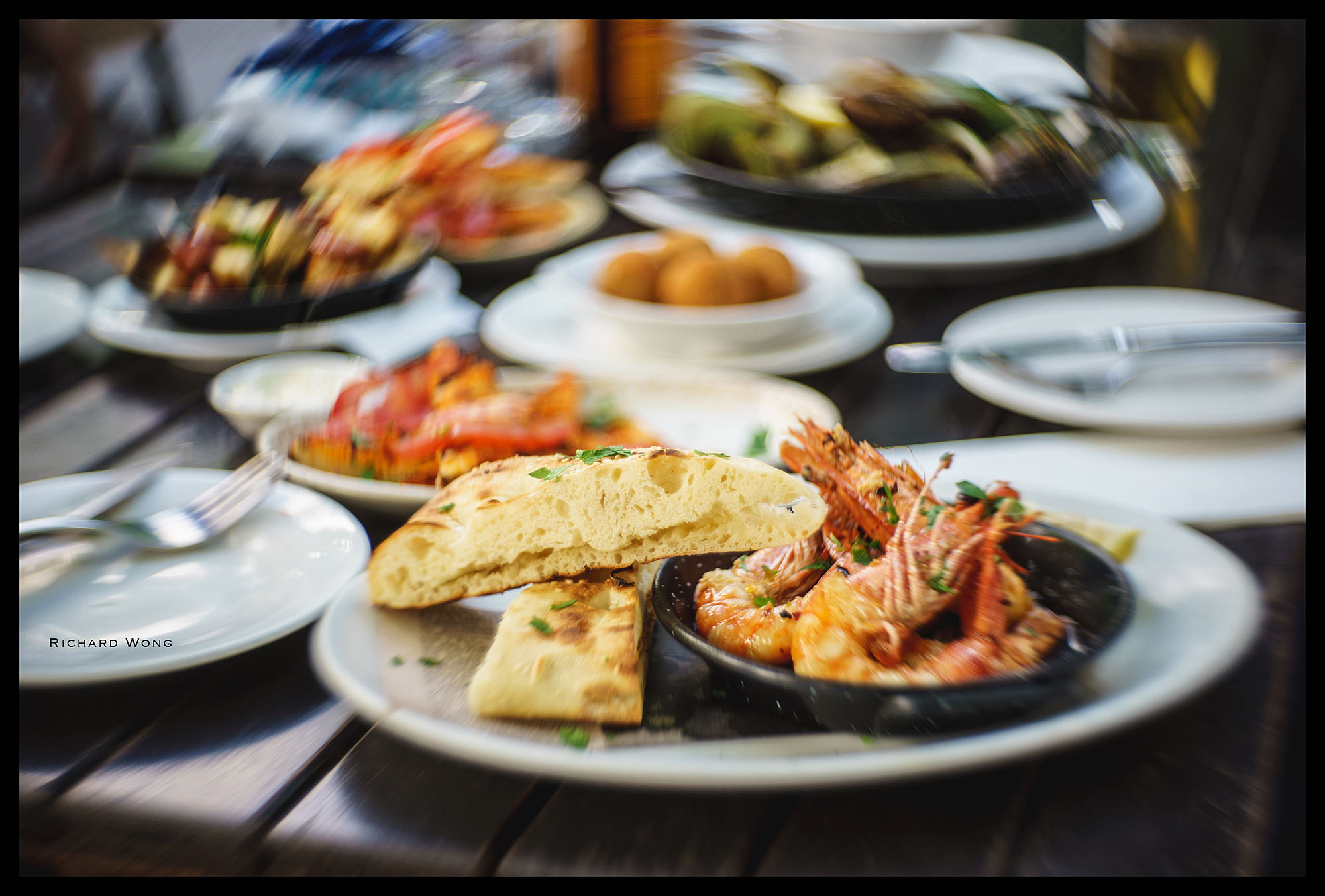 Sony a7 + Lomography Petzval 58 Bokeh Control Art – ISO100 f/1.9 1/400s
Sony a7 + Lomography Petzval 58 Bokeh Control Art – ISO100 f/1.9 1/400s
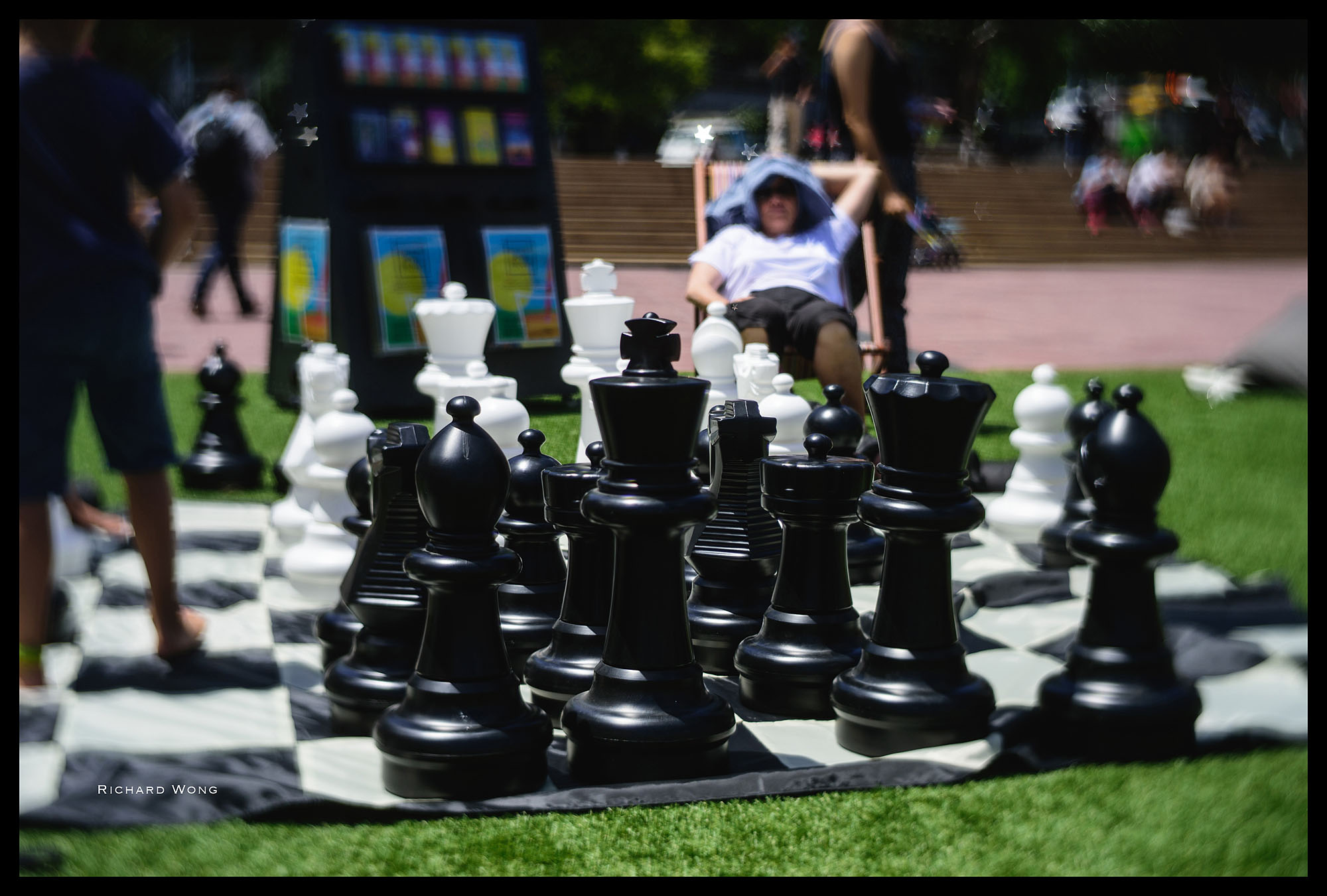 Nikon Df + Lomography Petzval 58 Bokeh Control Art – ISO100 f/3.5 1/320s (star shape aperture plate)
Nikon Df + Lomography Petzval 58 Bokeh Control Art – ISO100 f/3.5 1/320s (star shape aperture plate)
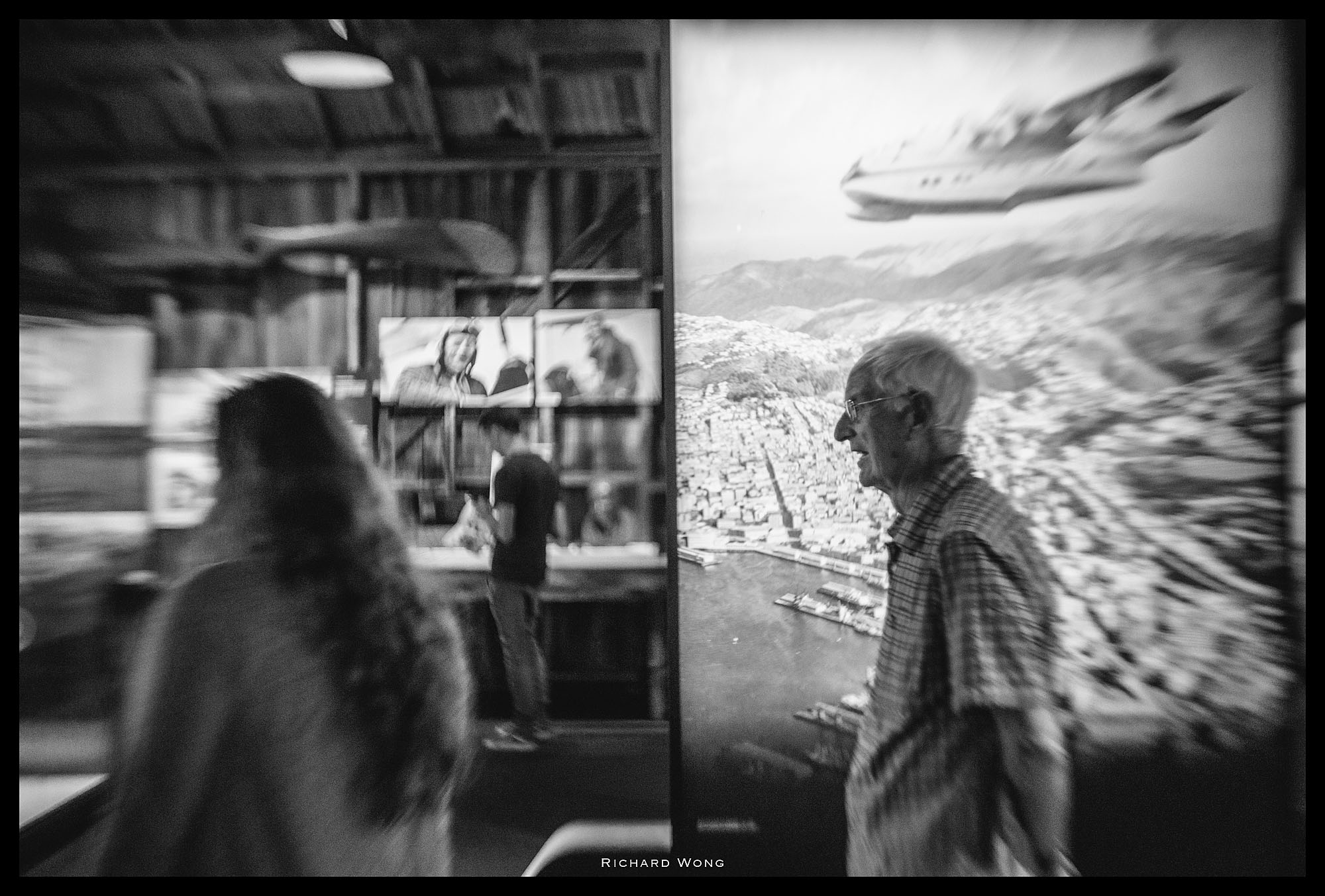 Sony a7 + Lomography Petzval 58 Bokeh Control Art – ISO1250 f/1.9 1/60s
Sony a7 + Lomography Petzval 58 Bokeh Control Art – ISO1250 f/1.9 1/60s
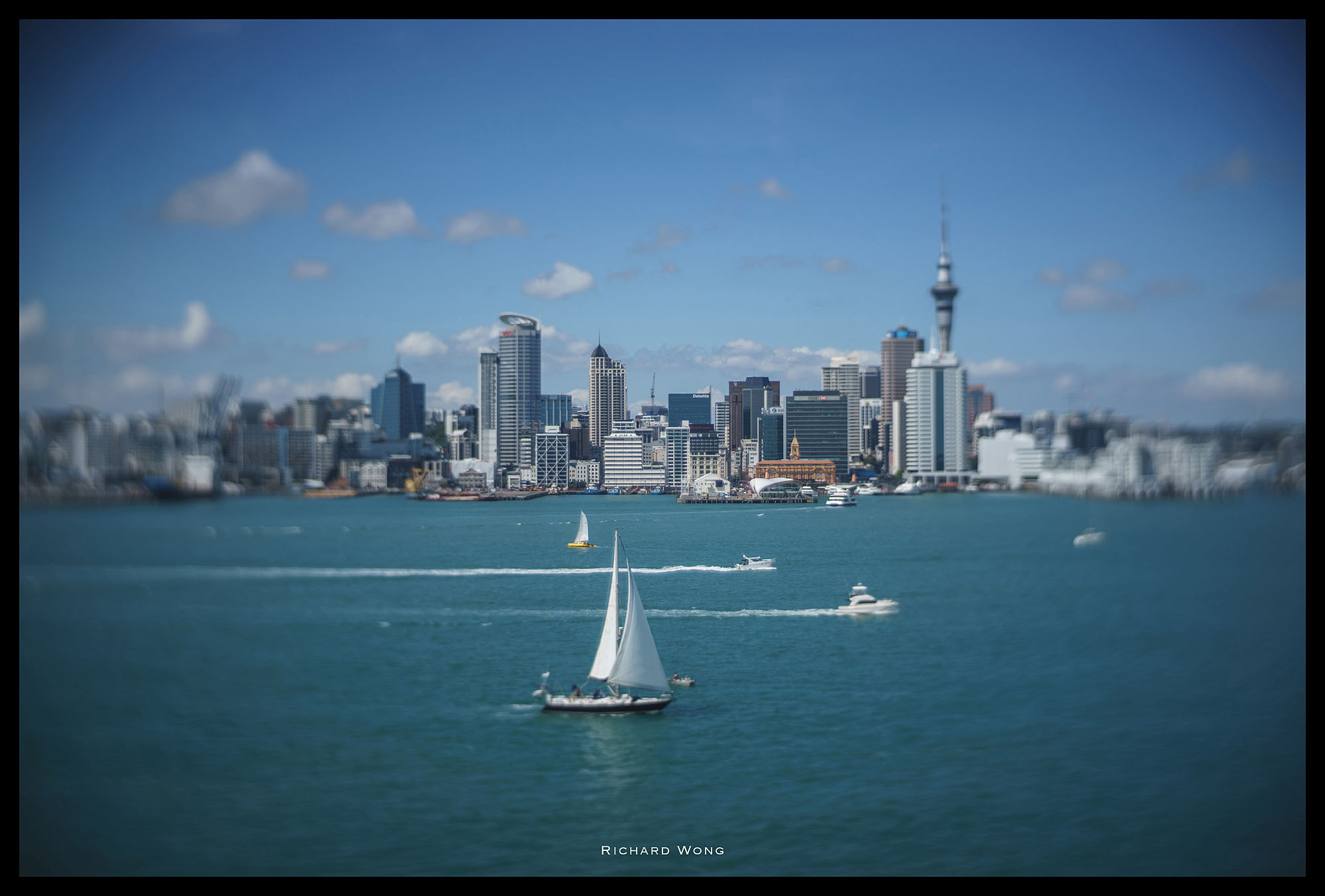 Sony a7 + Lomography Petzval 58 Bokeh Control Art – ISO100 f/1.9 1/8000s
Sony a7 + Lomography Petzval 58 Bokeh Control Art – ISO100 f/1.9 1/8000s
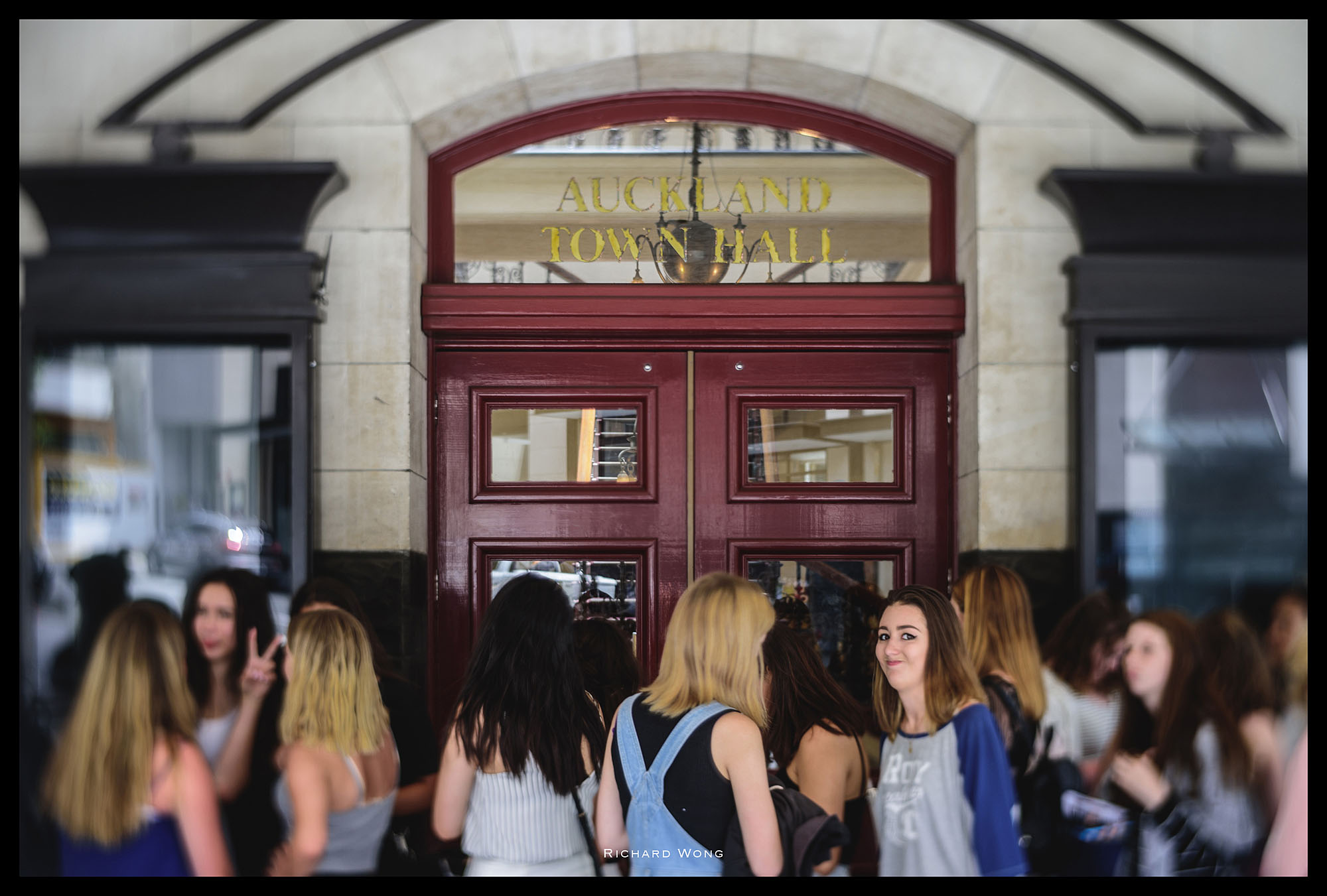 Nikon Df + Lomography Petzval 58 Bokeh Control Art – ISO100 f/2.8 1/160s (heart shape aperture plate)
Nikon Df + Lomography Petzval 58 Bokeh Control Art – ISO100 f/2.8 1/160s (heart shape aperture plate)
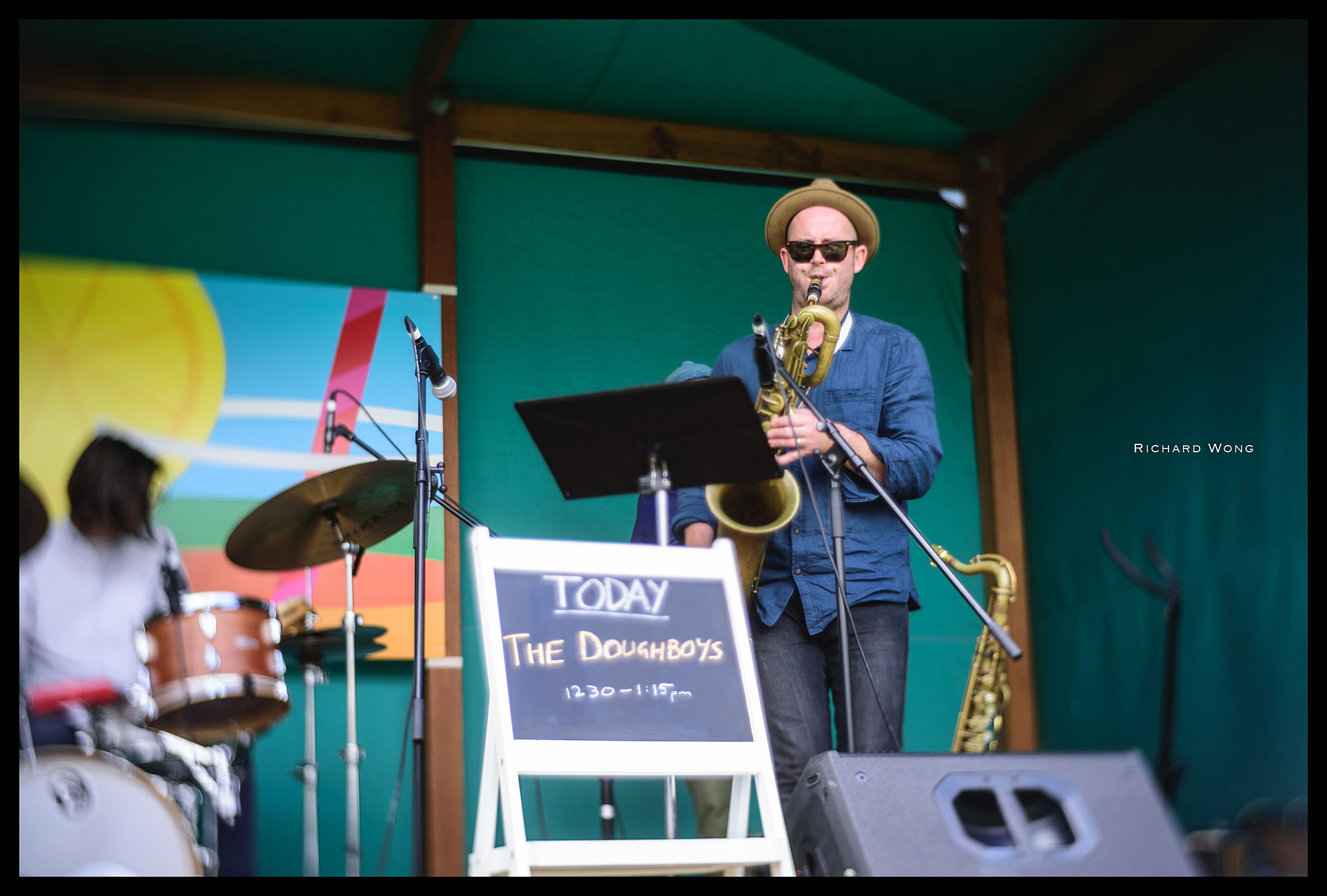 Nikon Df + Lomography Petzval 58 Bokeh Control Art – ISO250 f/1.9 1/100s
Nikon Df + Lomography Petzval 58 Bokeh Control Art – ISO250 f/1.9 1/100s
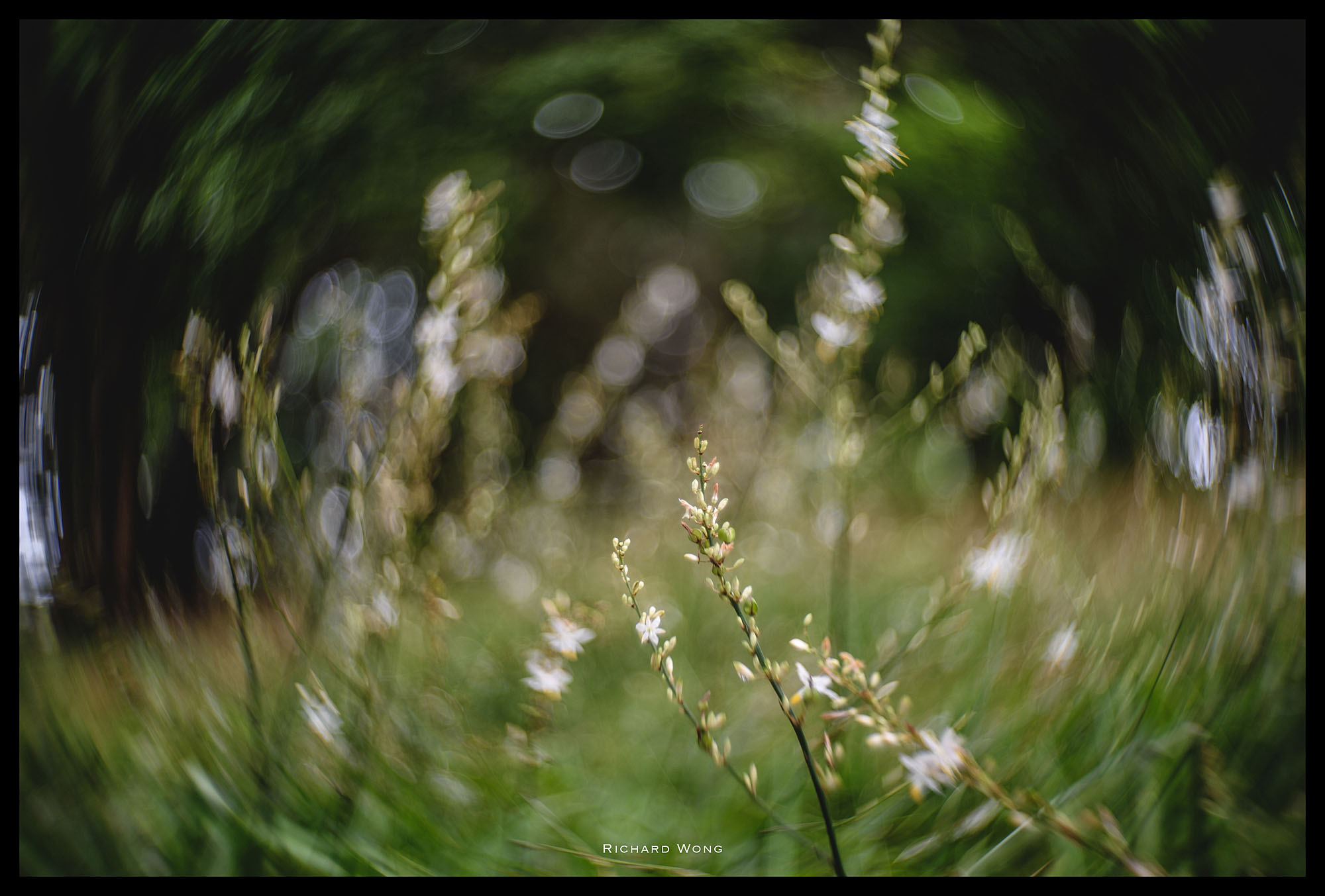 Nikon Df + Lomography Petzval 58 Bokeh Control Art – ISO160 f/1.9 1/160s
Nikon Df + Lomography Petzval 58 Bokeh Control Art – ISO160 f/1.9 1/160s
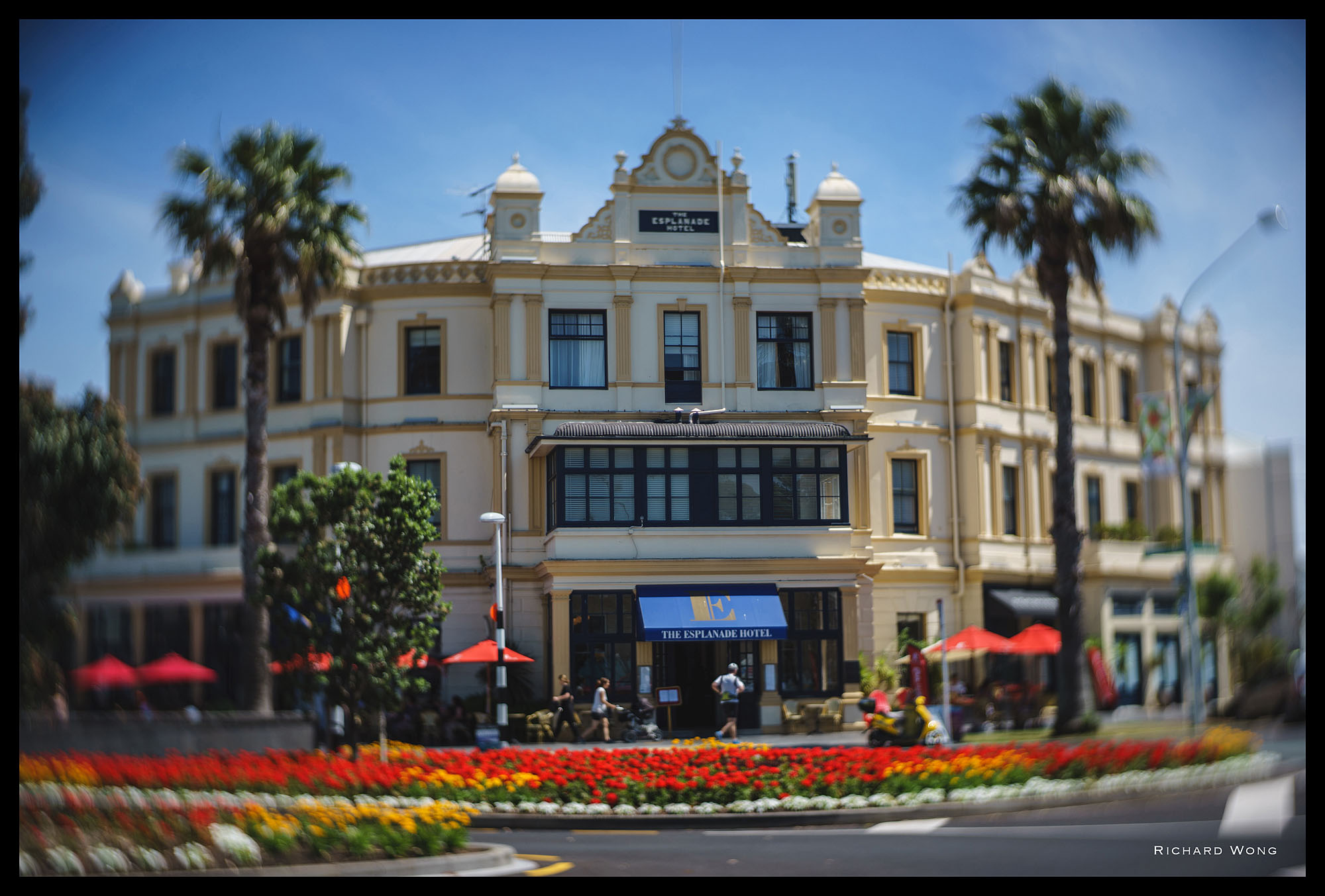 Sony a7 + Lomography Petzval 58 Bokeh Control Art – ISO100 f/1.9 1/4000s
Sony a7 + Lomography Petzval 58 Bokeh Control Art – ISO100 f/1.9 1/4000s
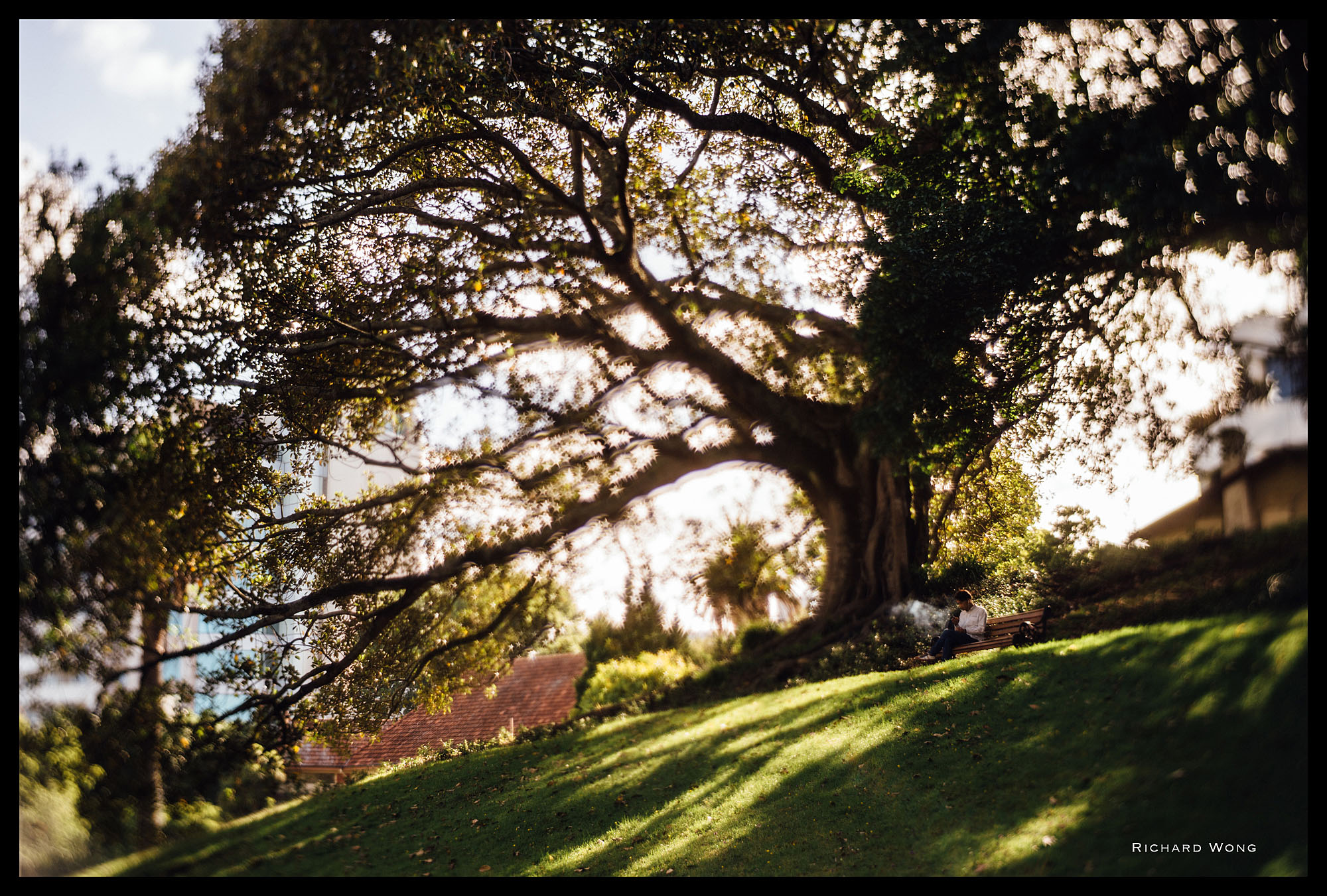 Nikon Df + Lomography Petzval 58 Bokeh Control Art – ISO100 f/3.5 1/500s (star shape aperture plate)
Nikon Df + Lomography Petzval 58 Bokeh Control Art – ISO100 f/3.5 1/500s (star shape aperture plate)
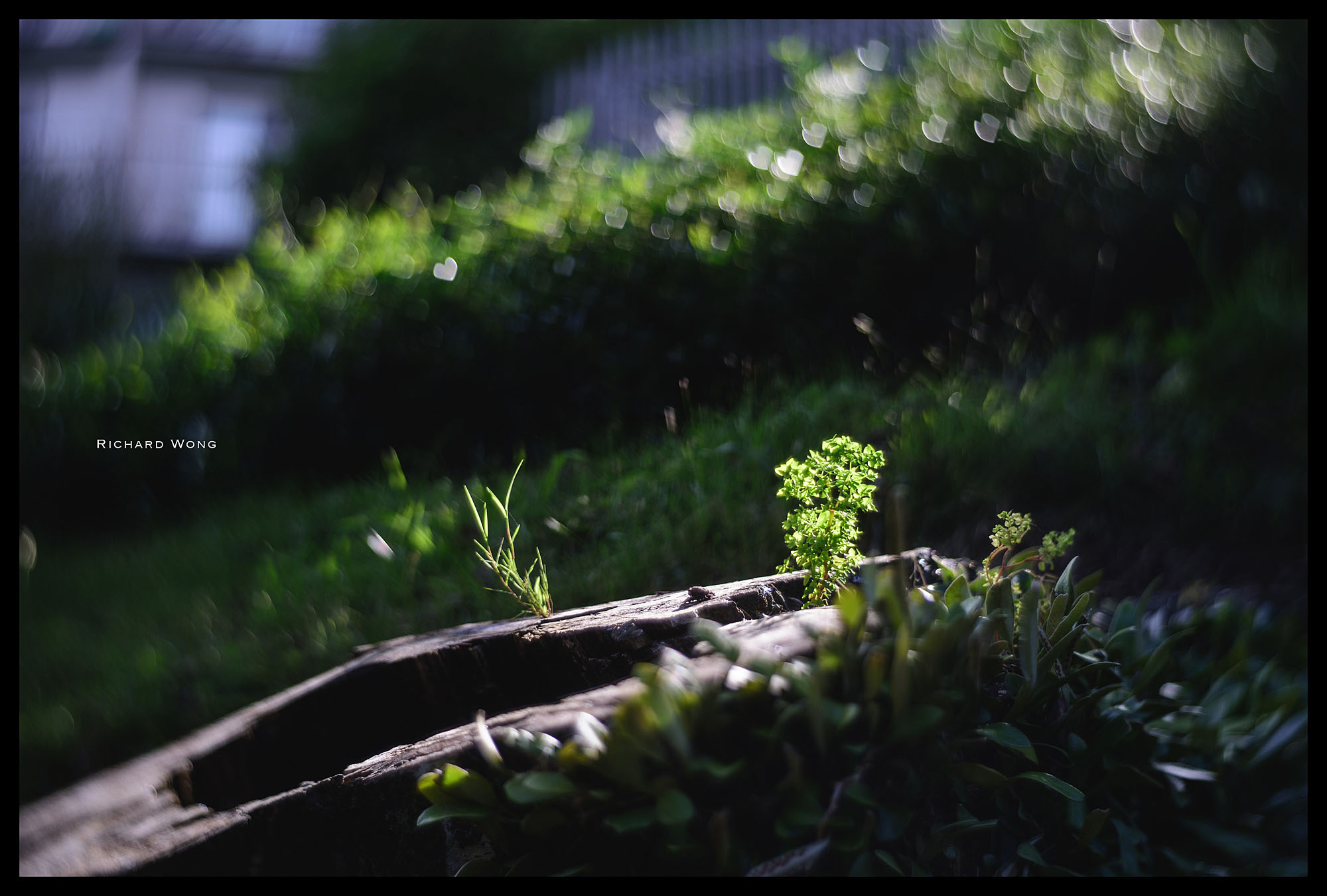 Nikon Df + Lomography Petzval 58 Bokeh Control Art – ISO100 f/2.8 1/500s (heart shape aperture plate)
Nikon Df + Lomography Petzval 58 Bokeh Control Art – ISO100 f/2.8 1/500s (heart shape aperture plate)
Reviewer: Richard Wong
Richard is a multi-award winning wedding/portrait photographer based in Auckland, New Zealand. Richard’s website is www.photobyrichard.com and his Facebook page is https://www.facebook.com/PhotoByRichard
Richard is also a contributing writer for a few photography magazines.
Like my review? Follow me on Facebook 🙂
https://www.facebook.com/ReviewByRichard
All photos and text Copyright© 2016 www.photobyrichard.com. All photos and text may not be copied or reproduced in any format without obtaining written permissions
